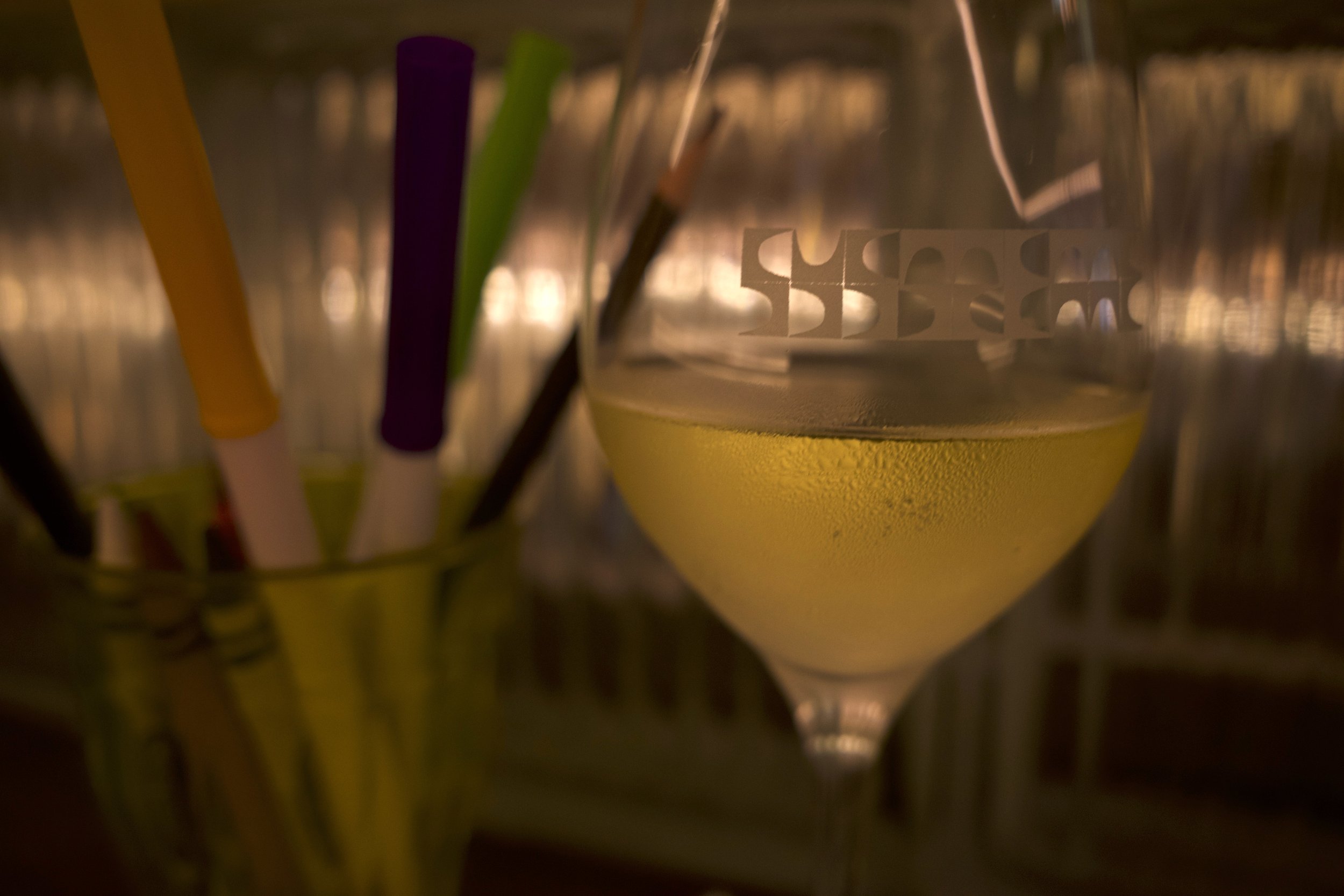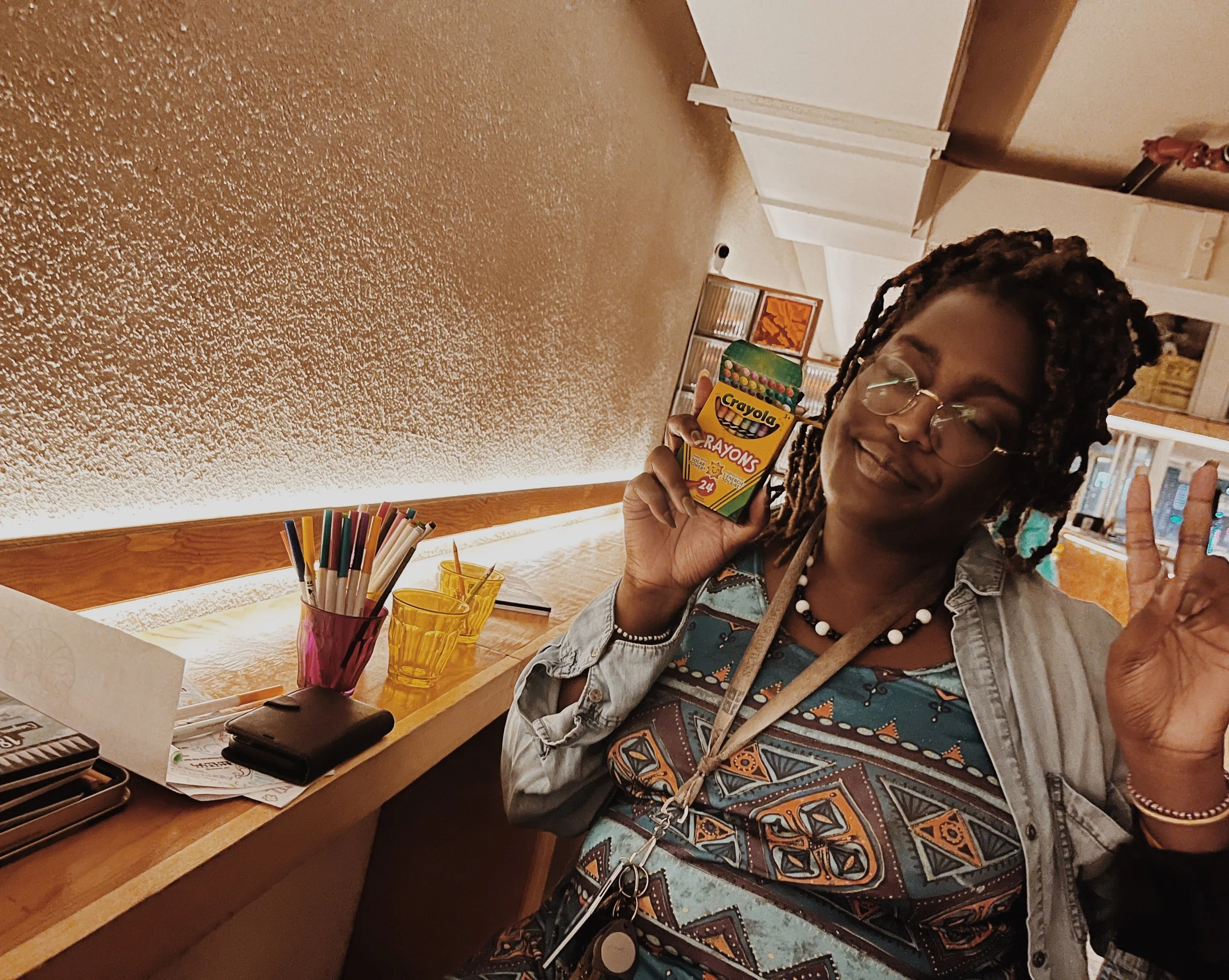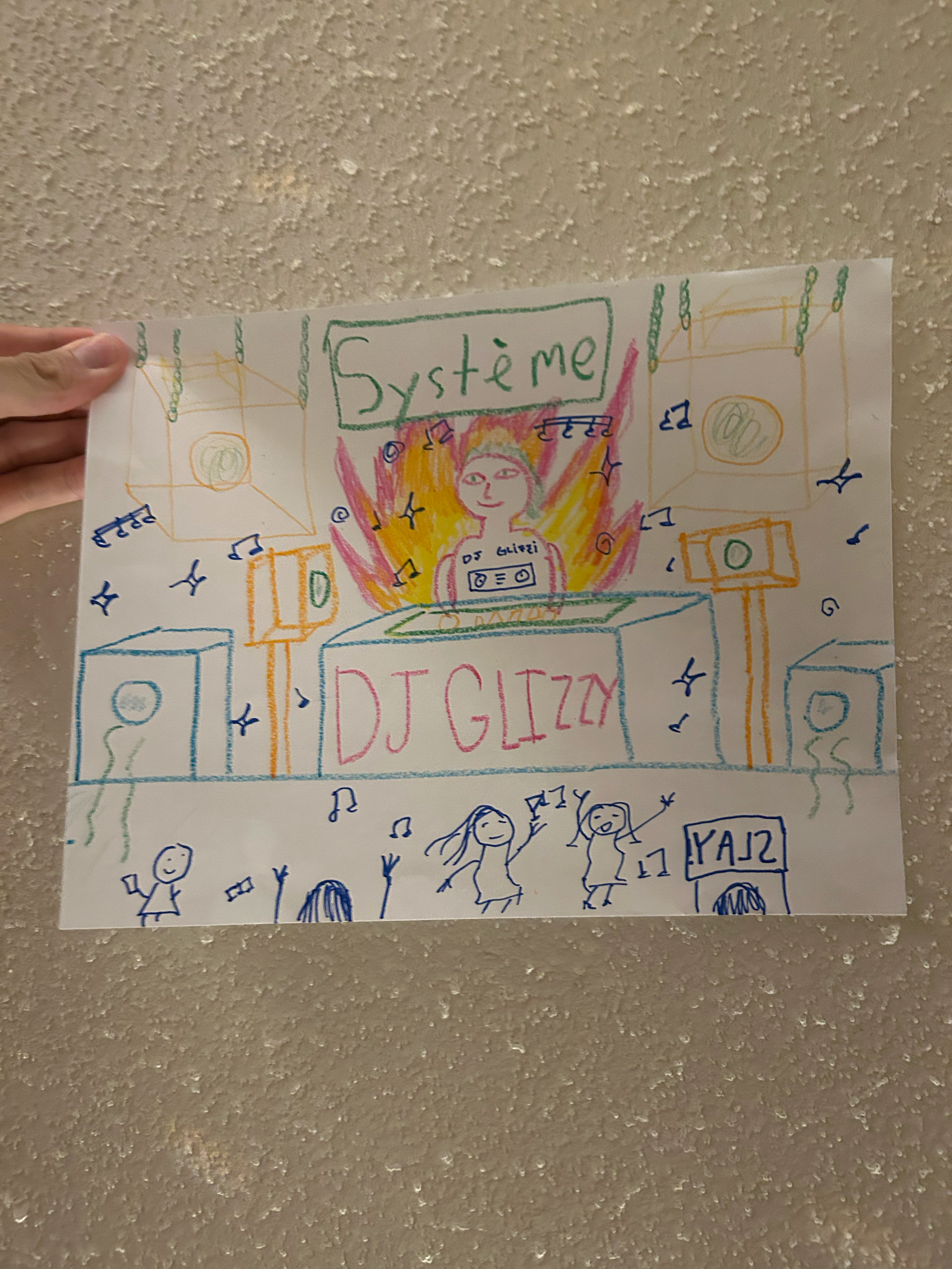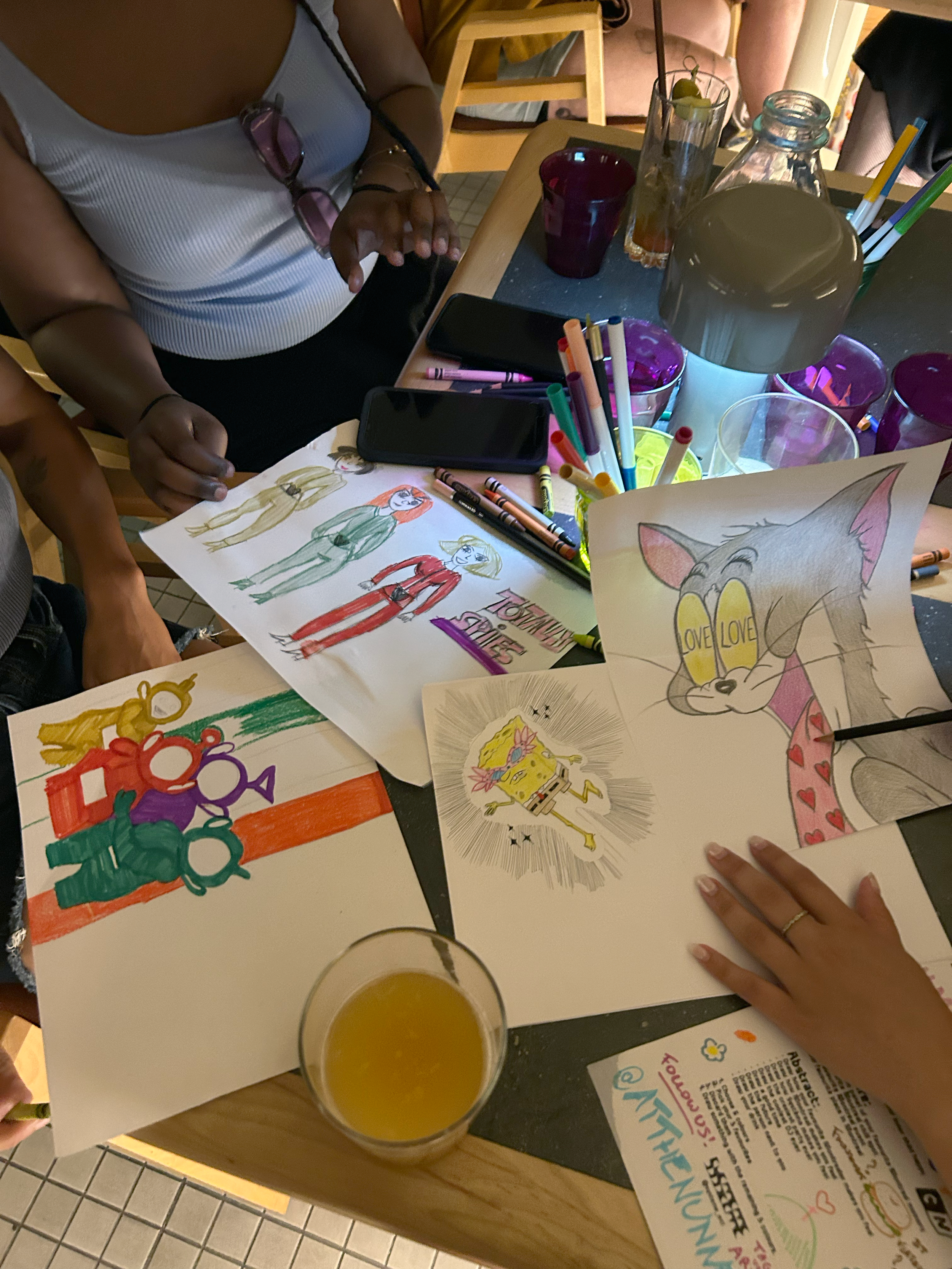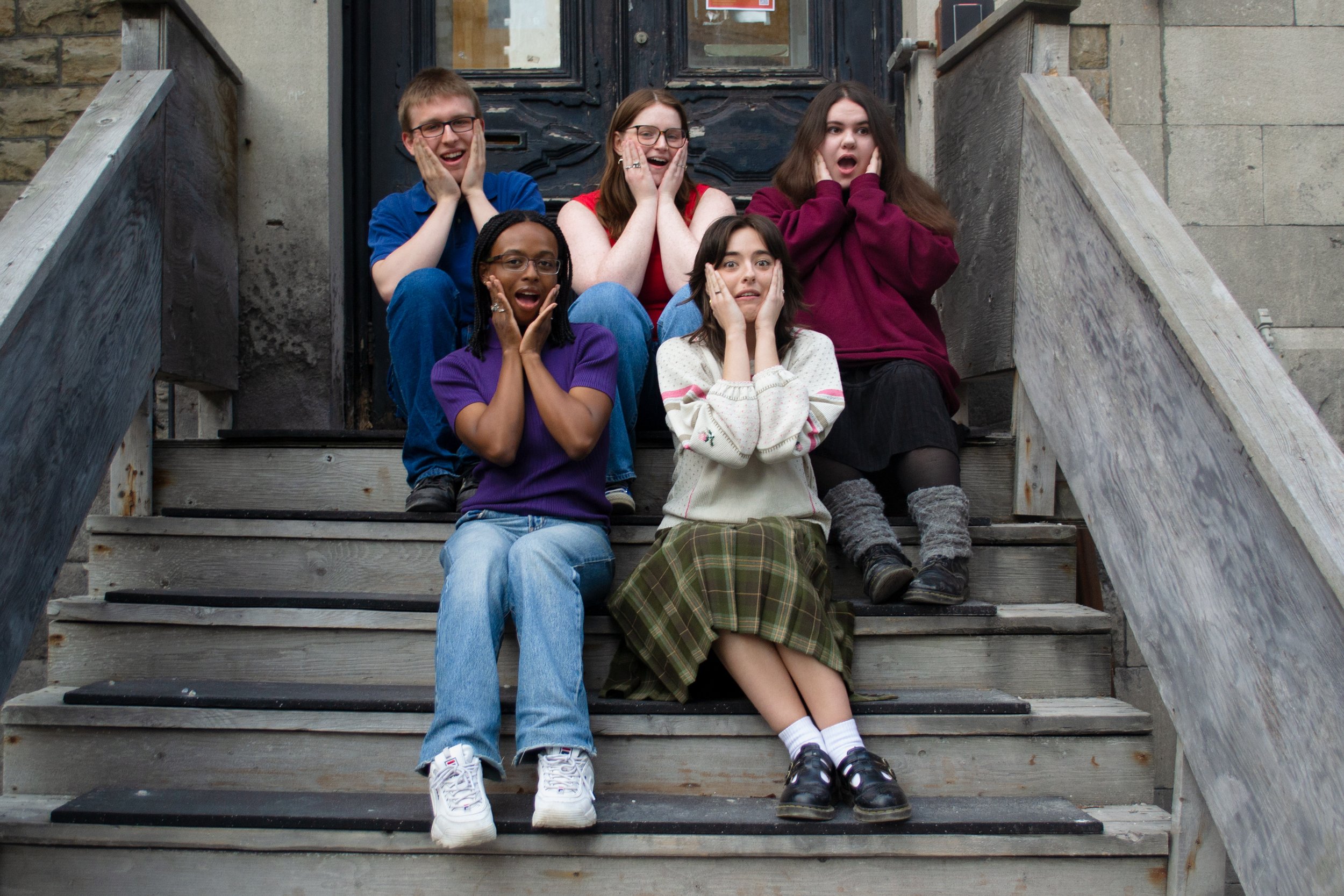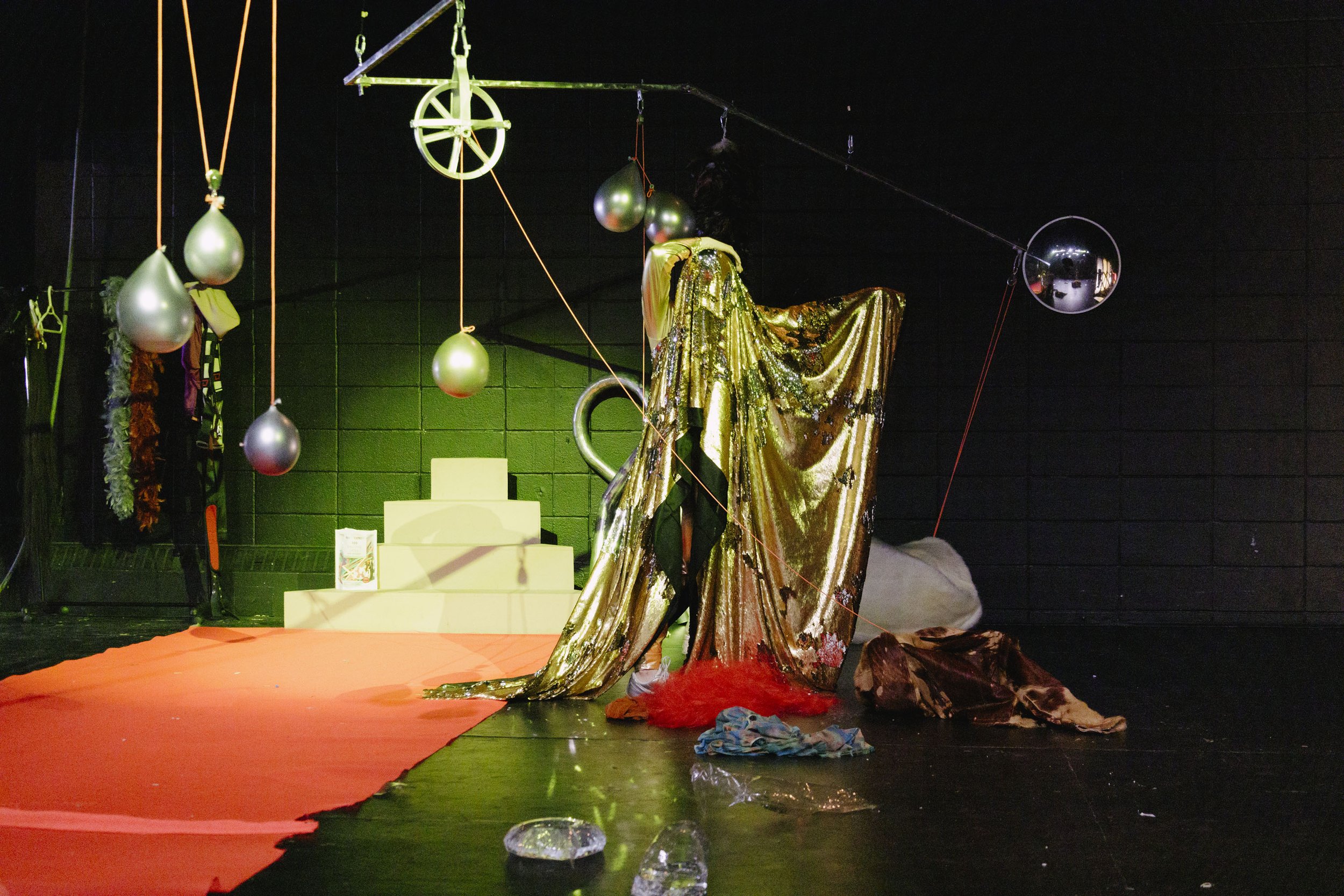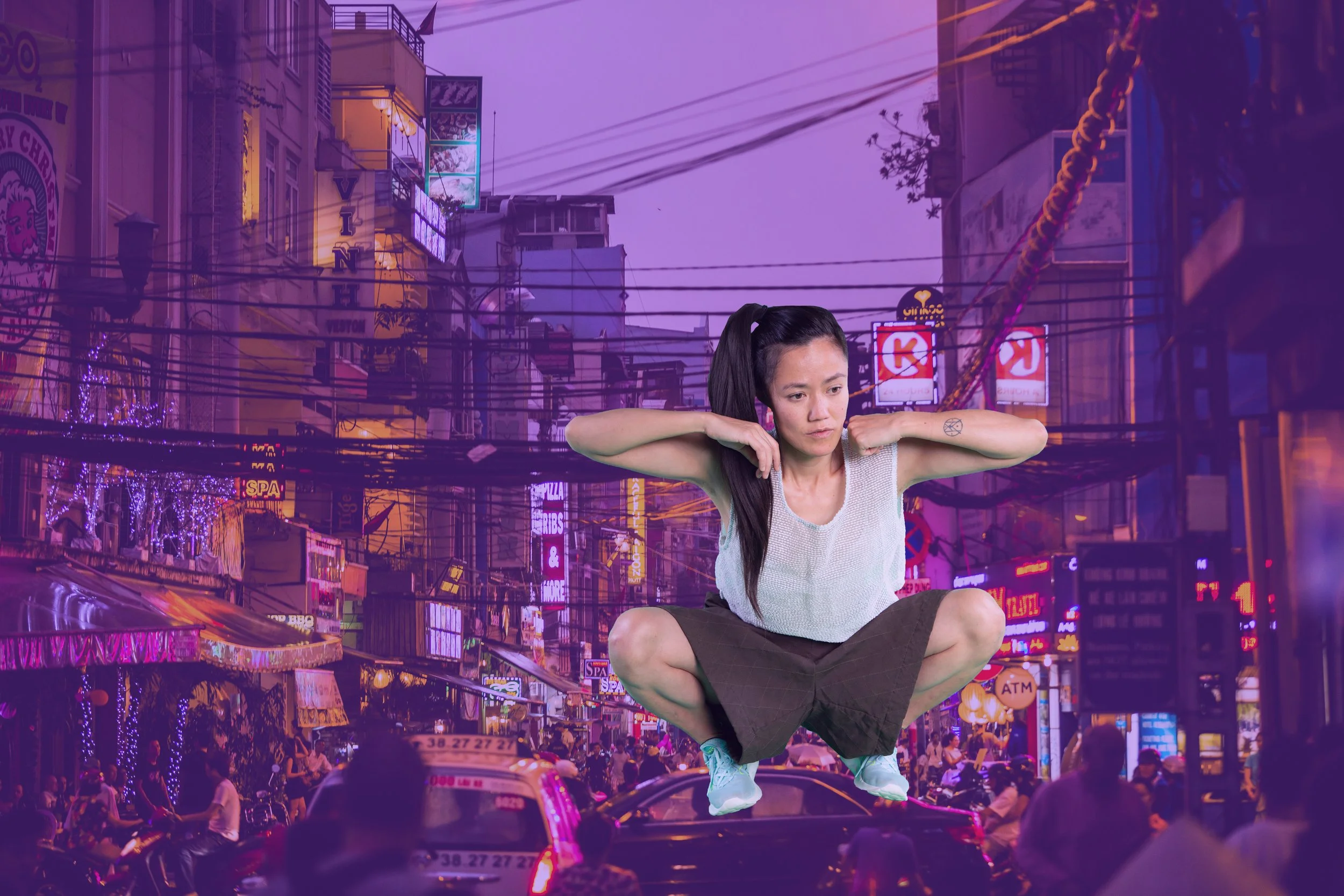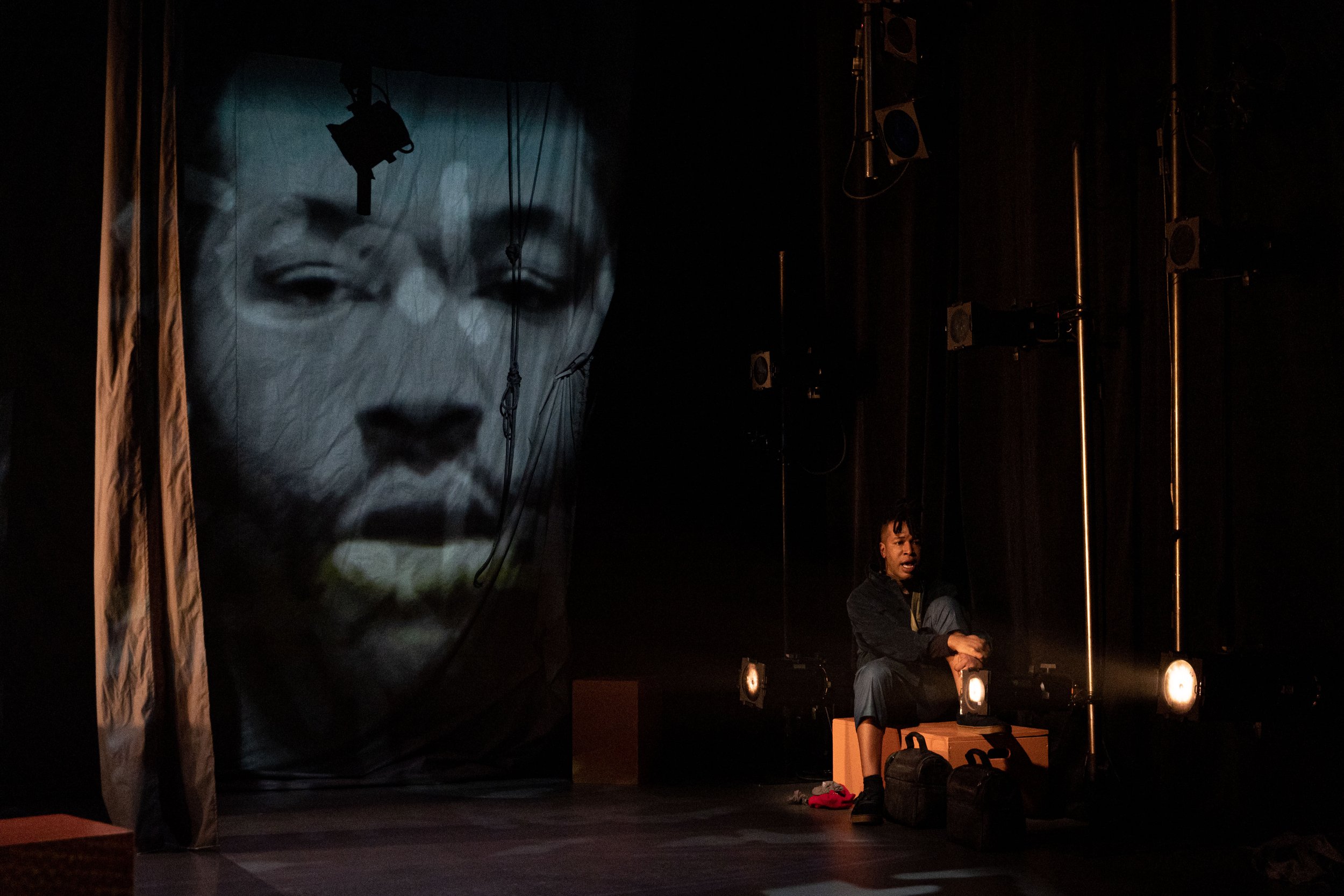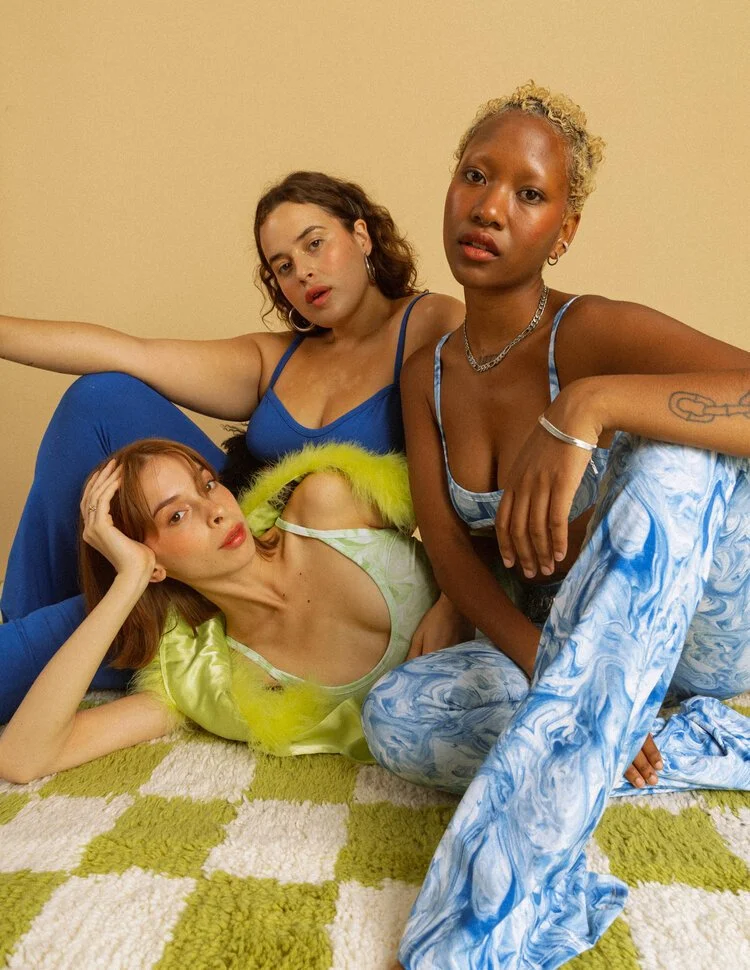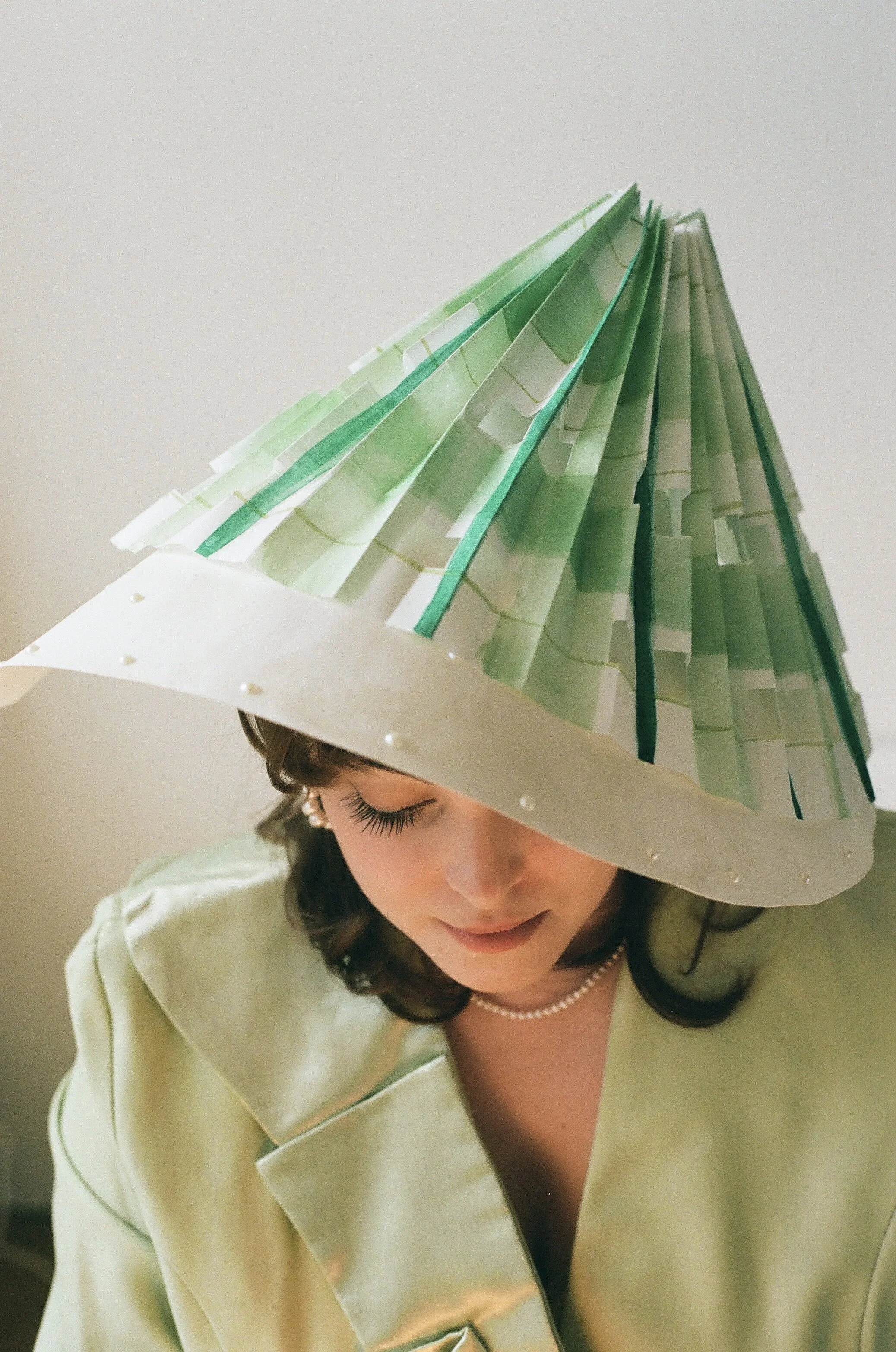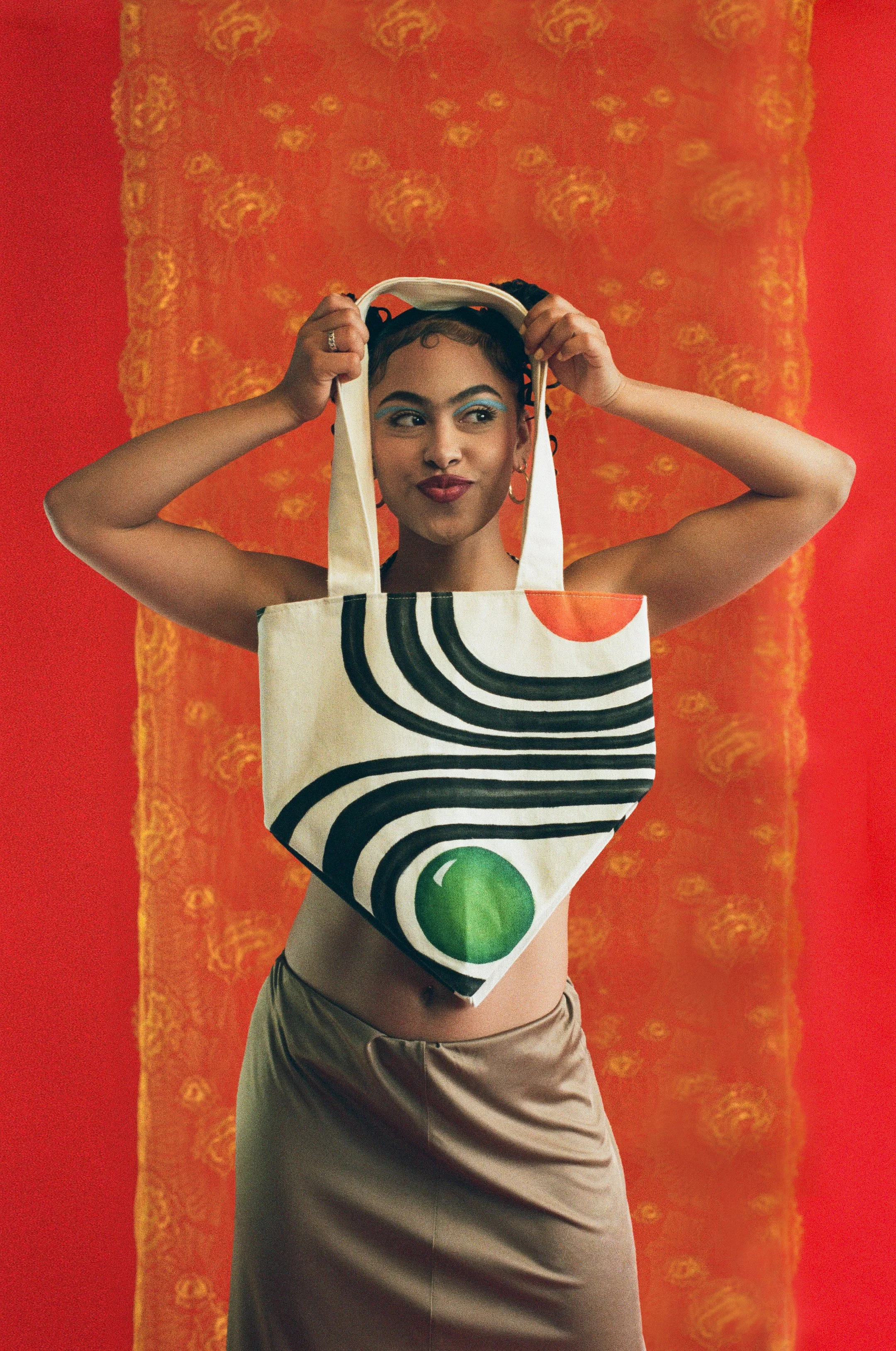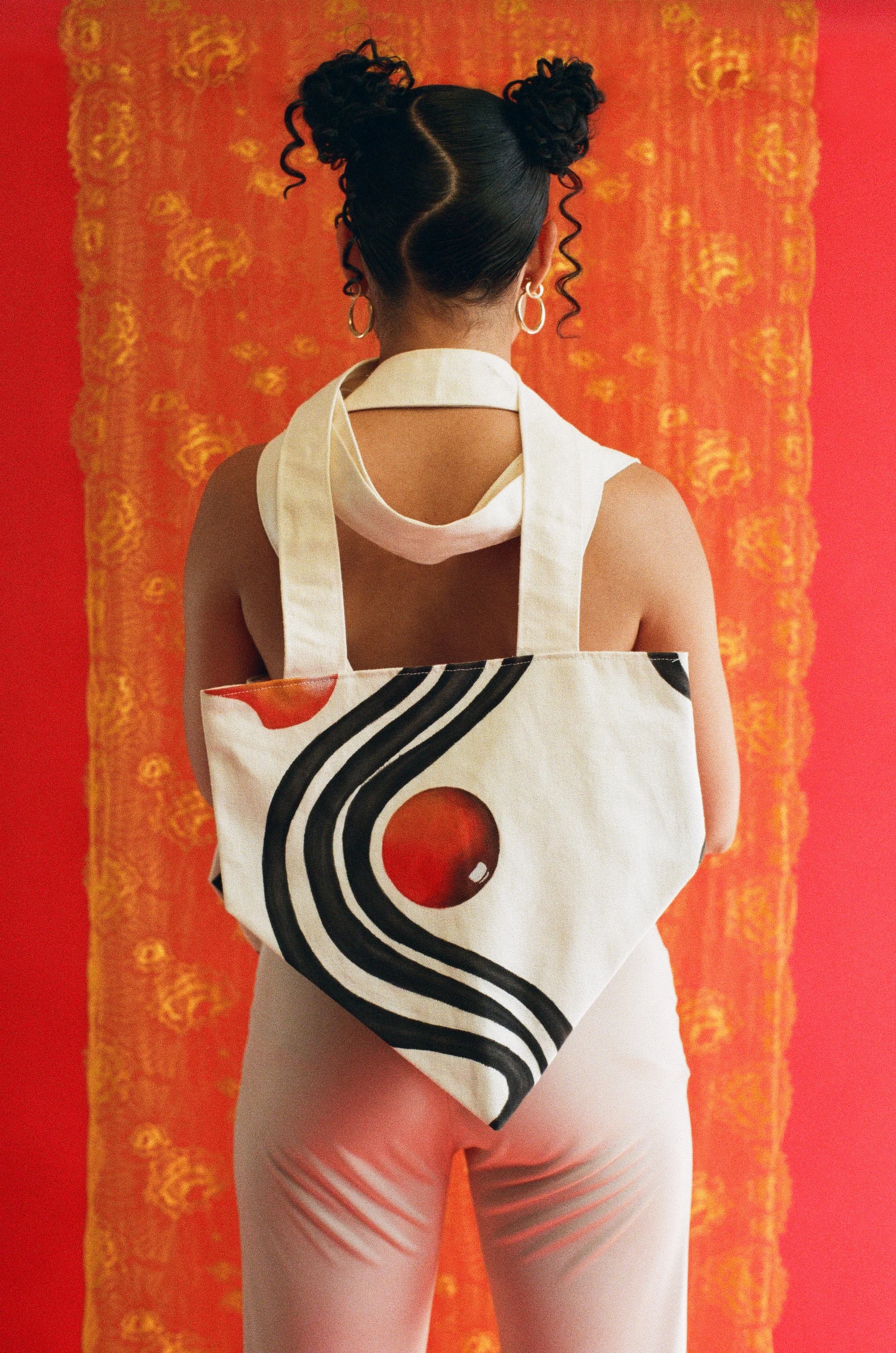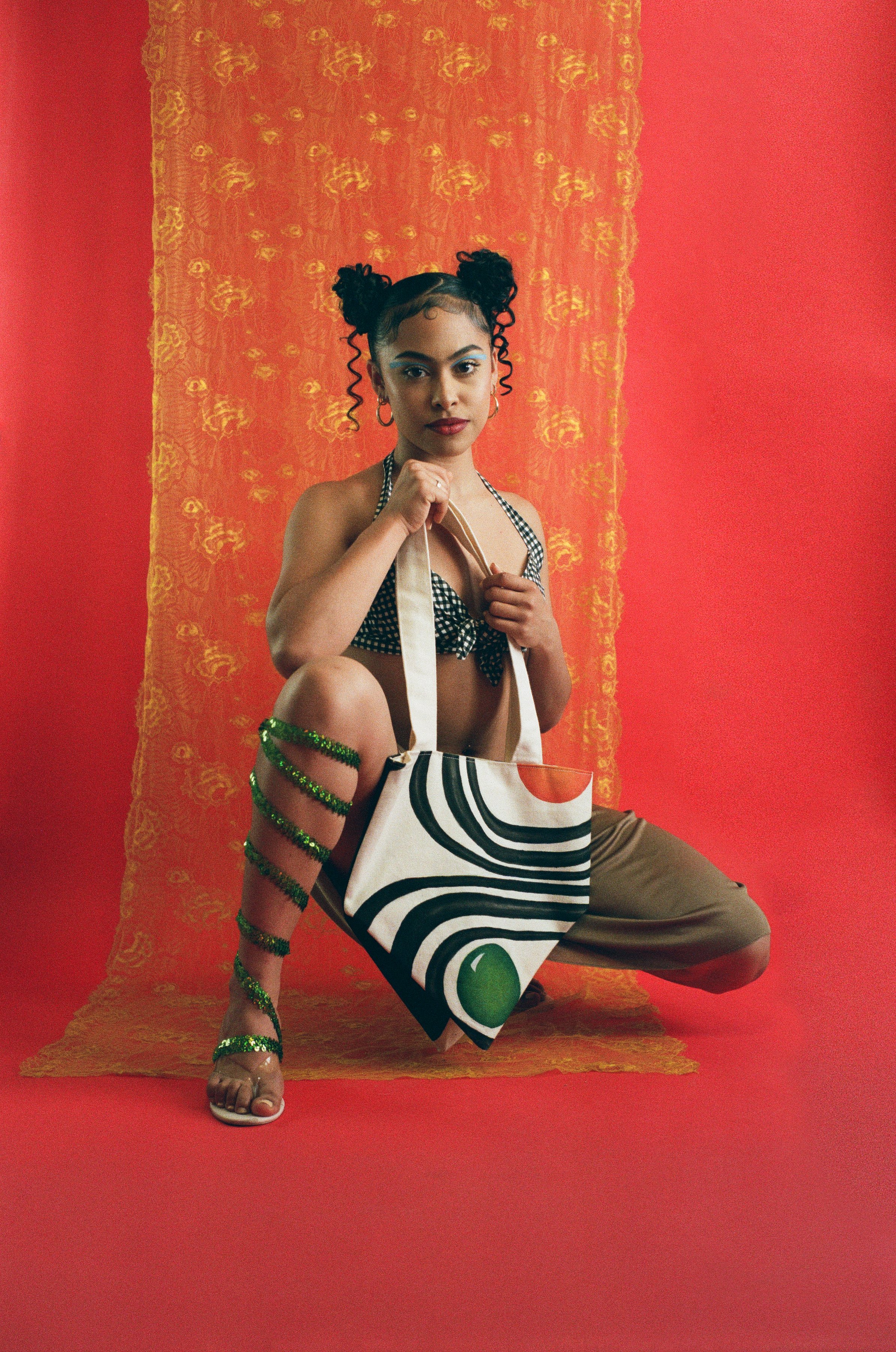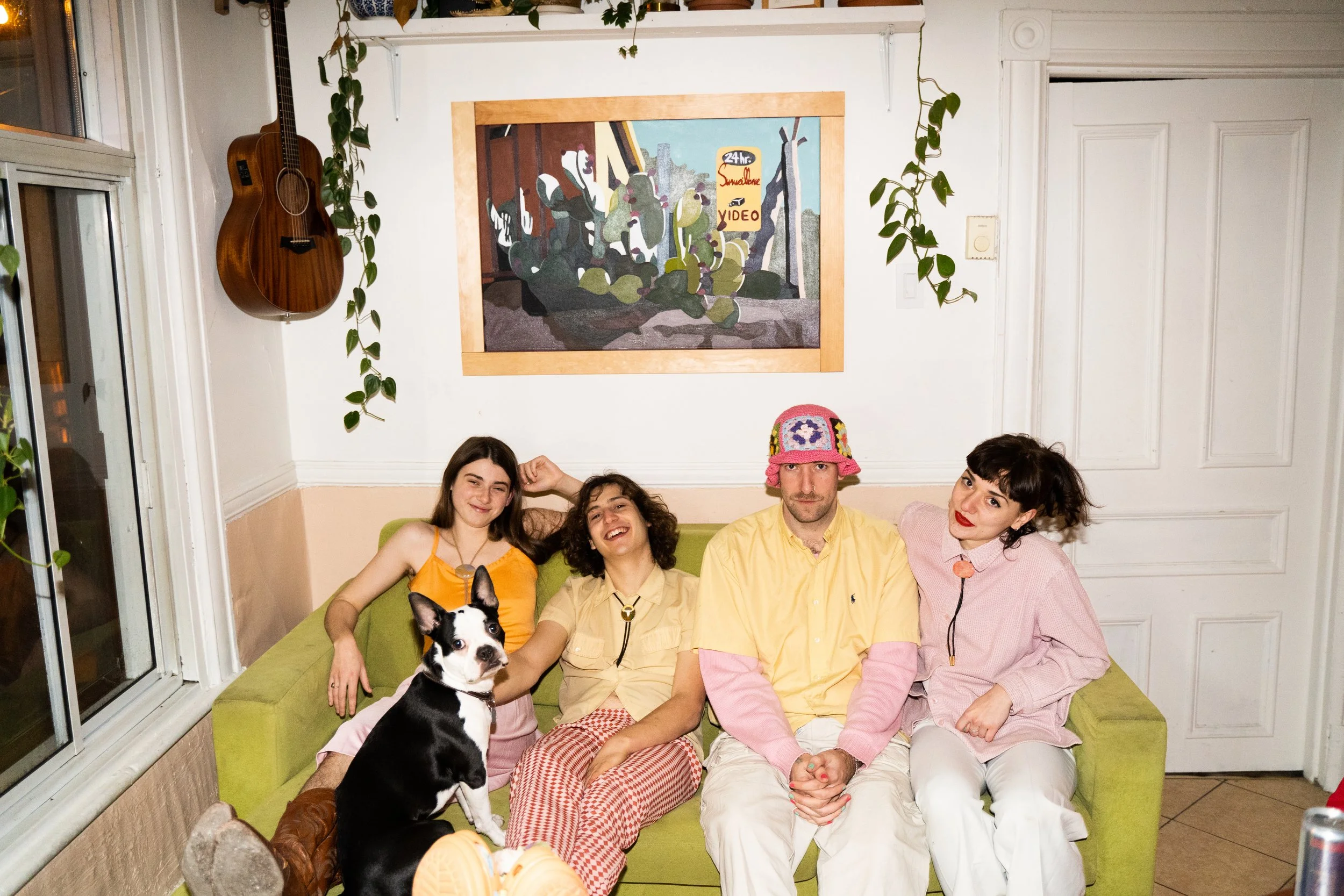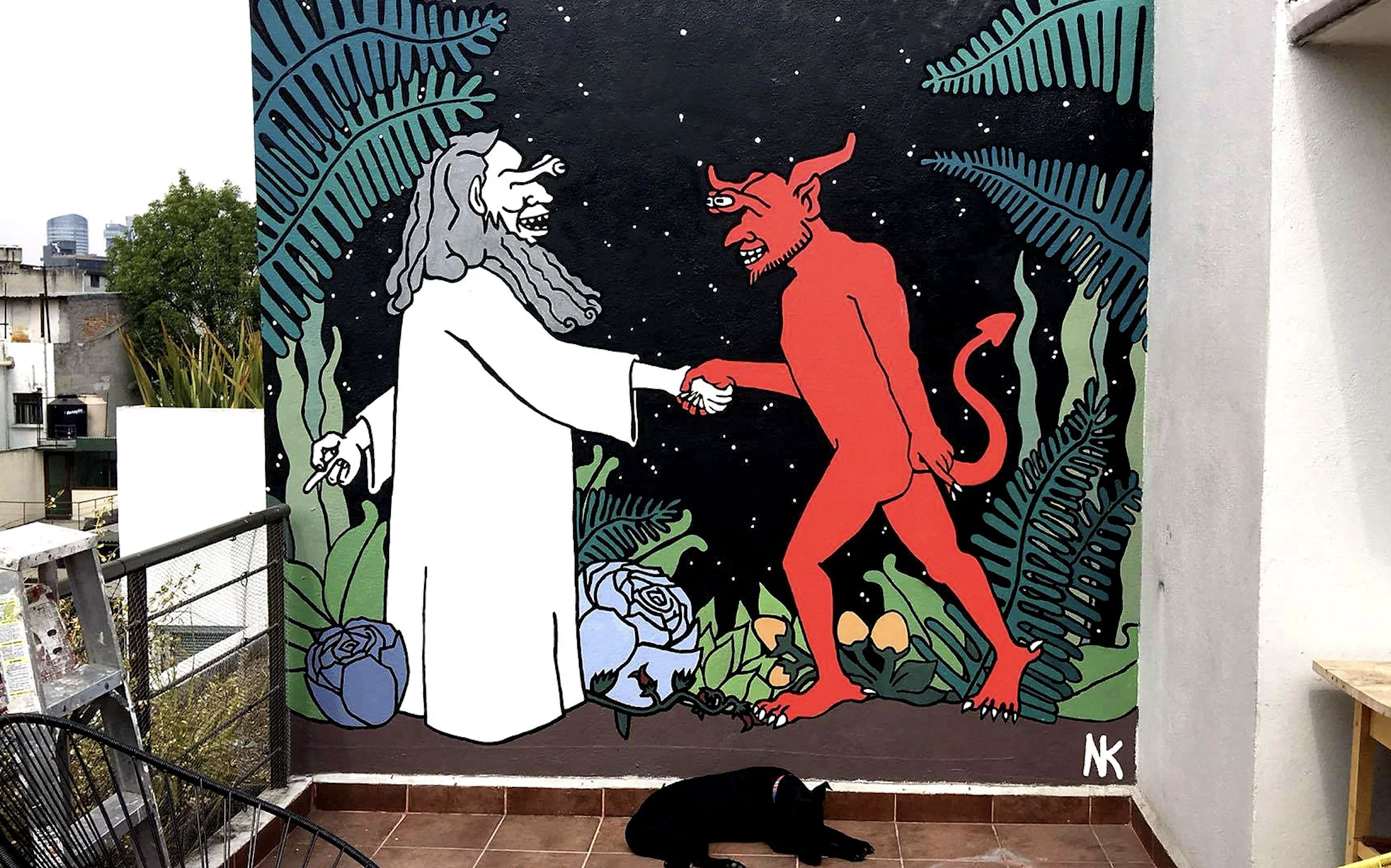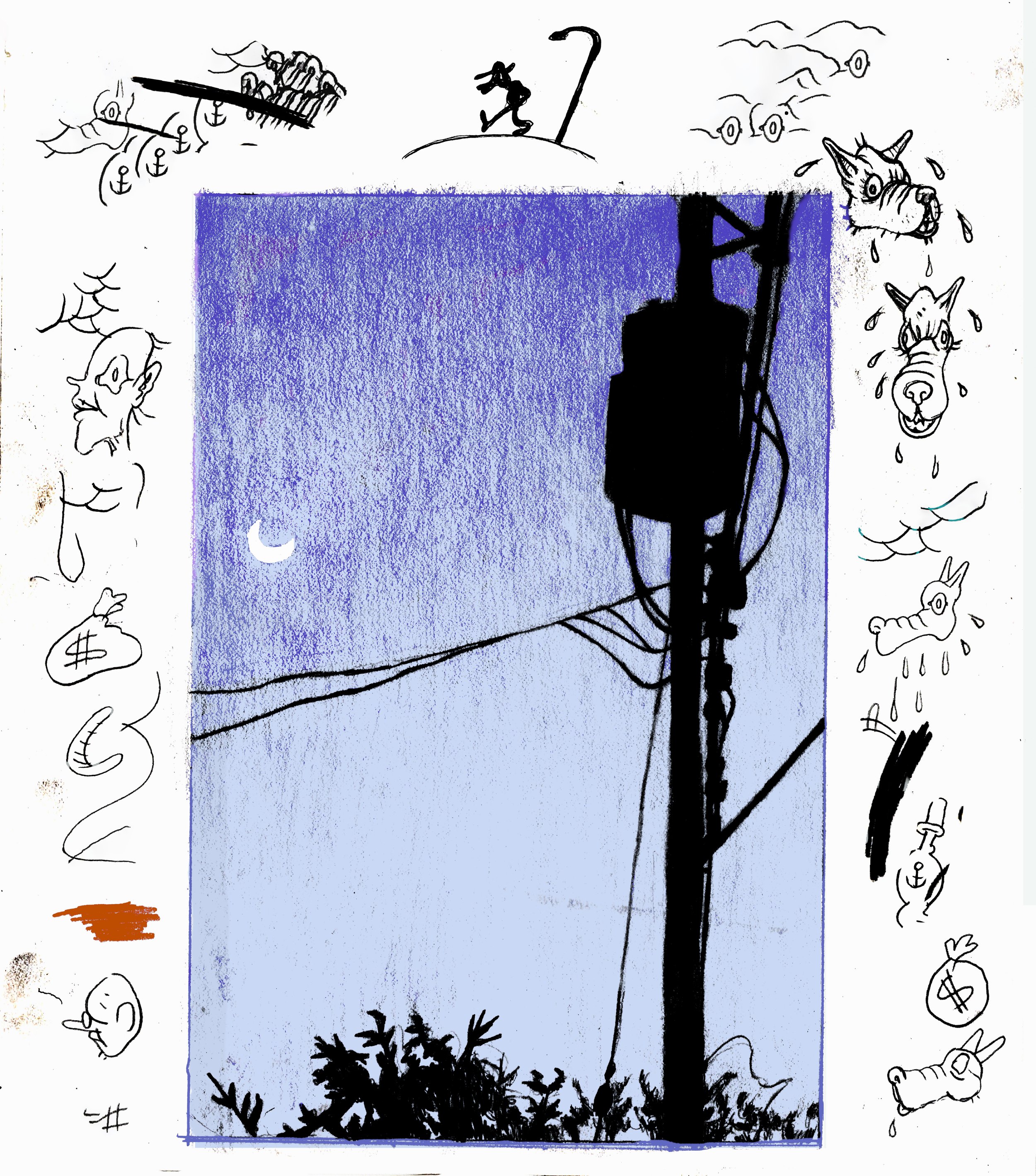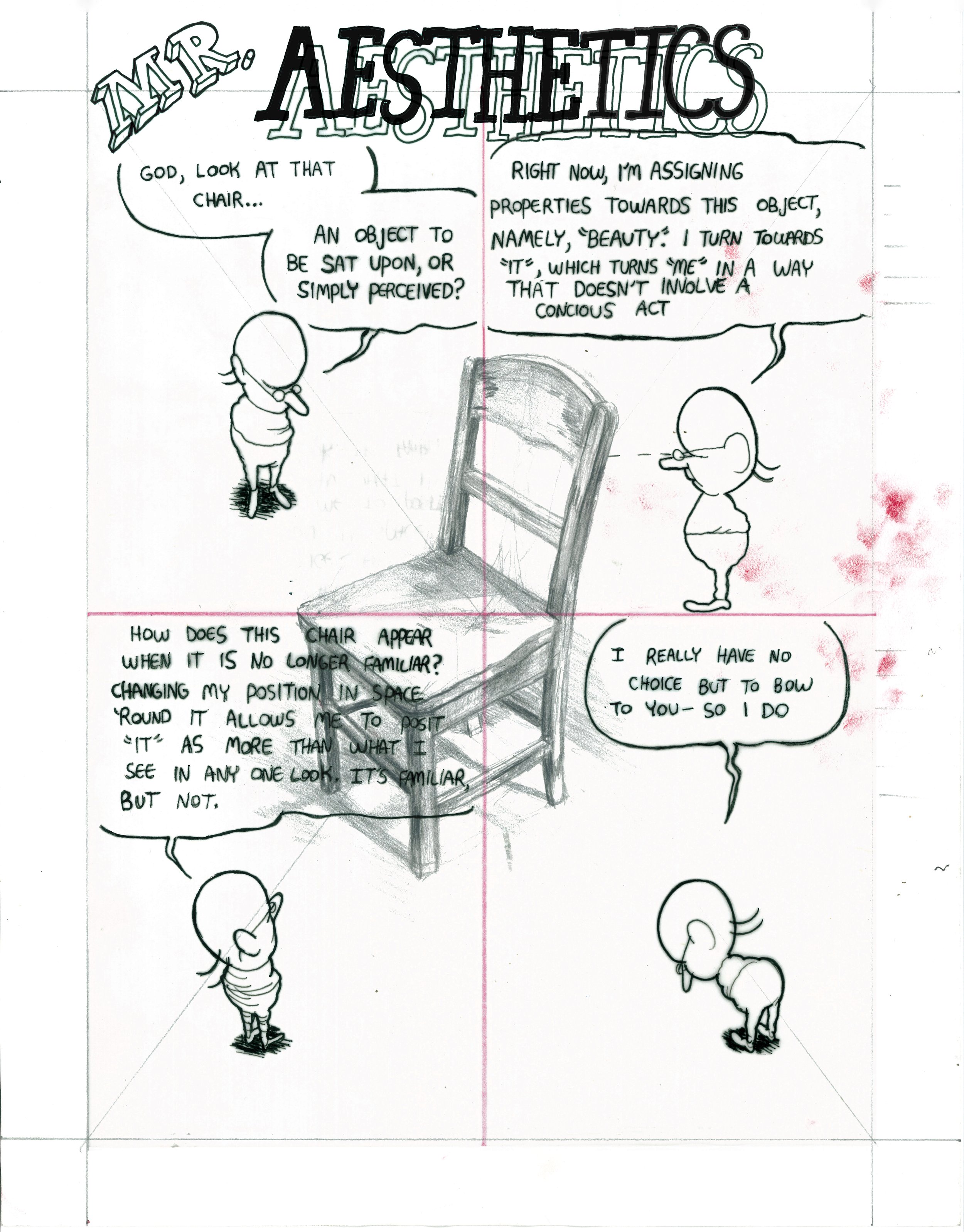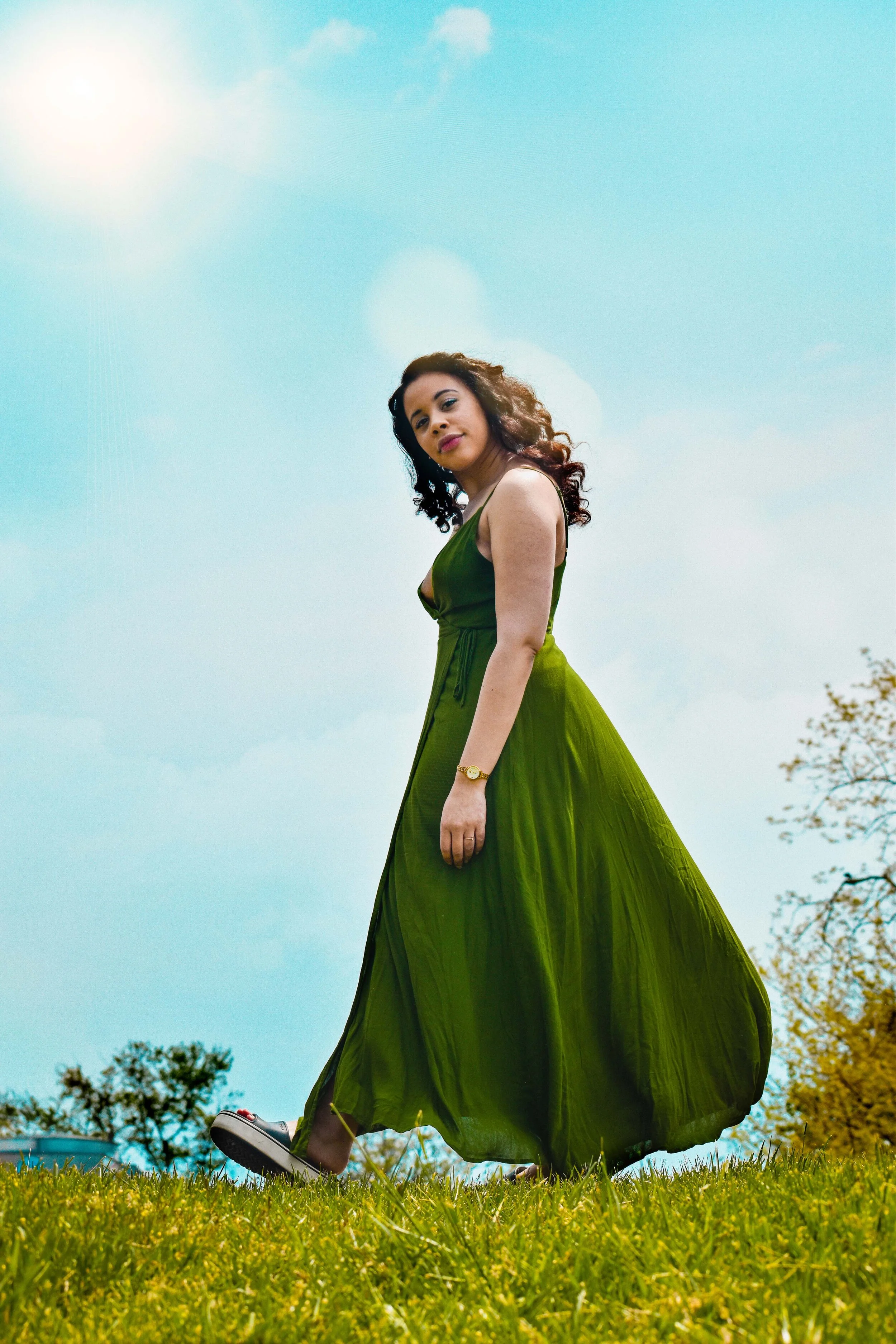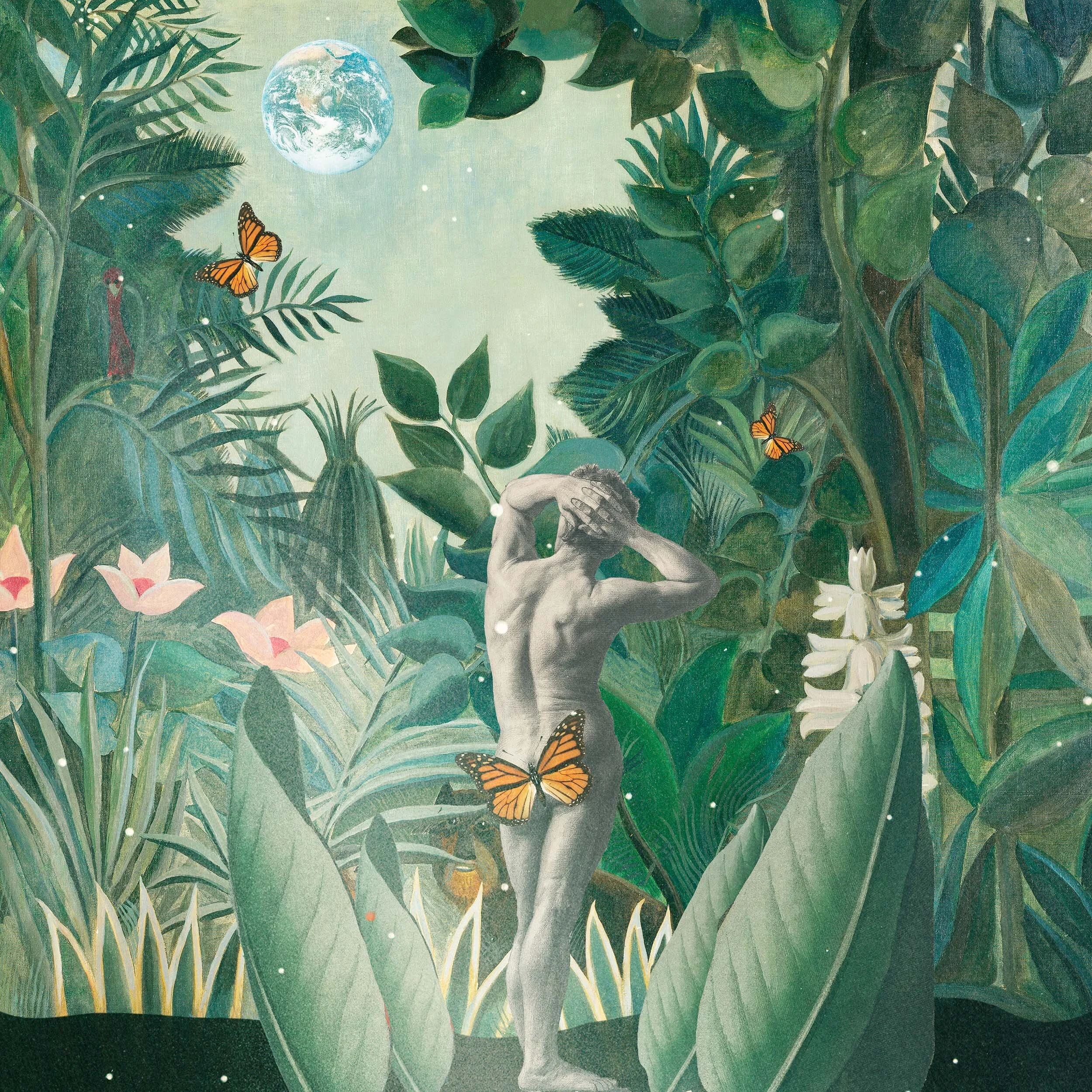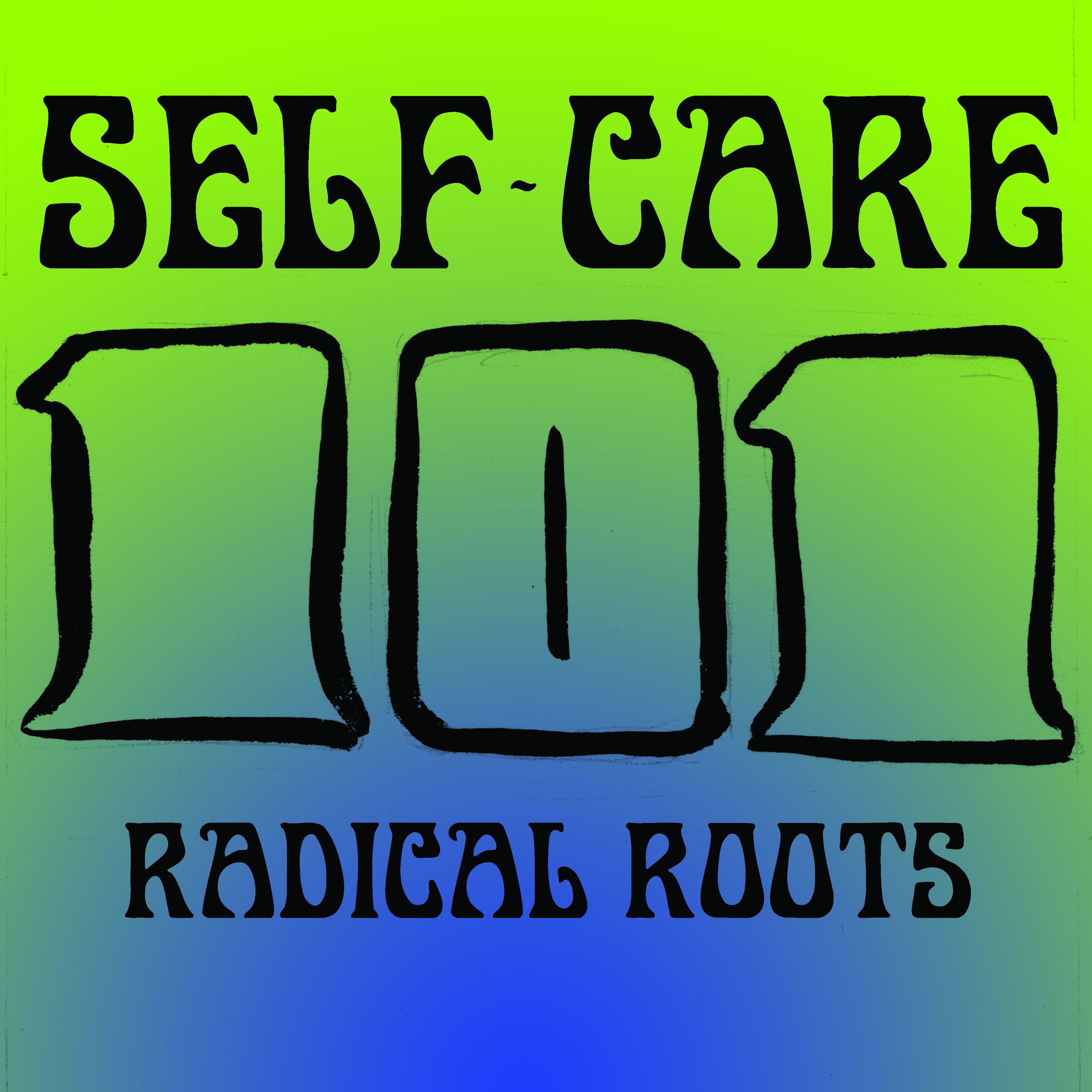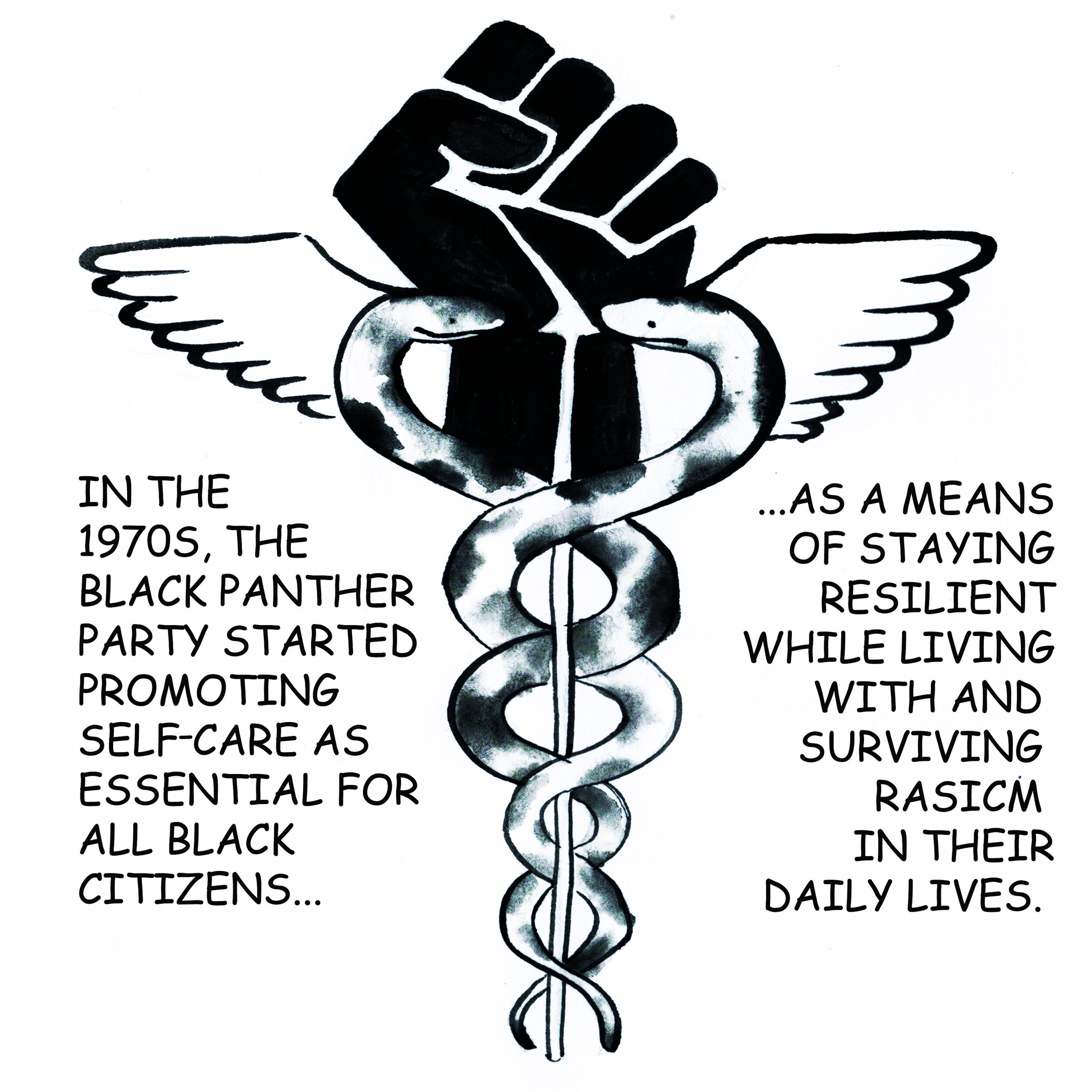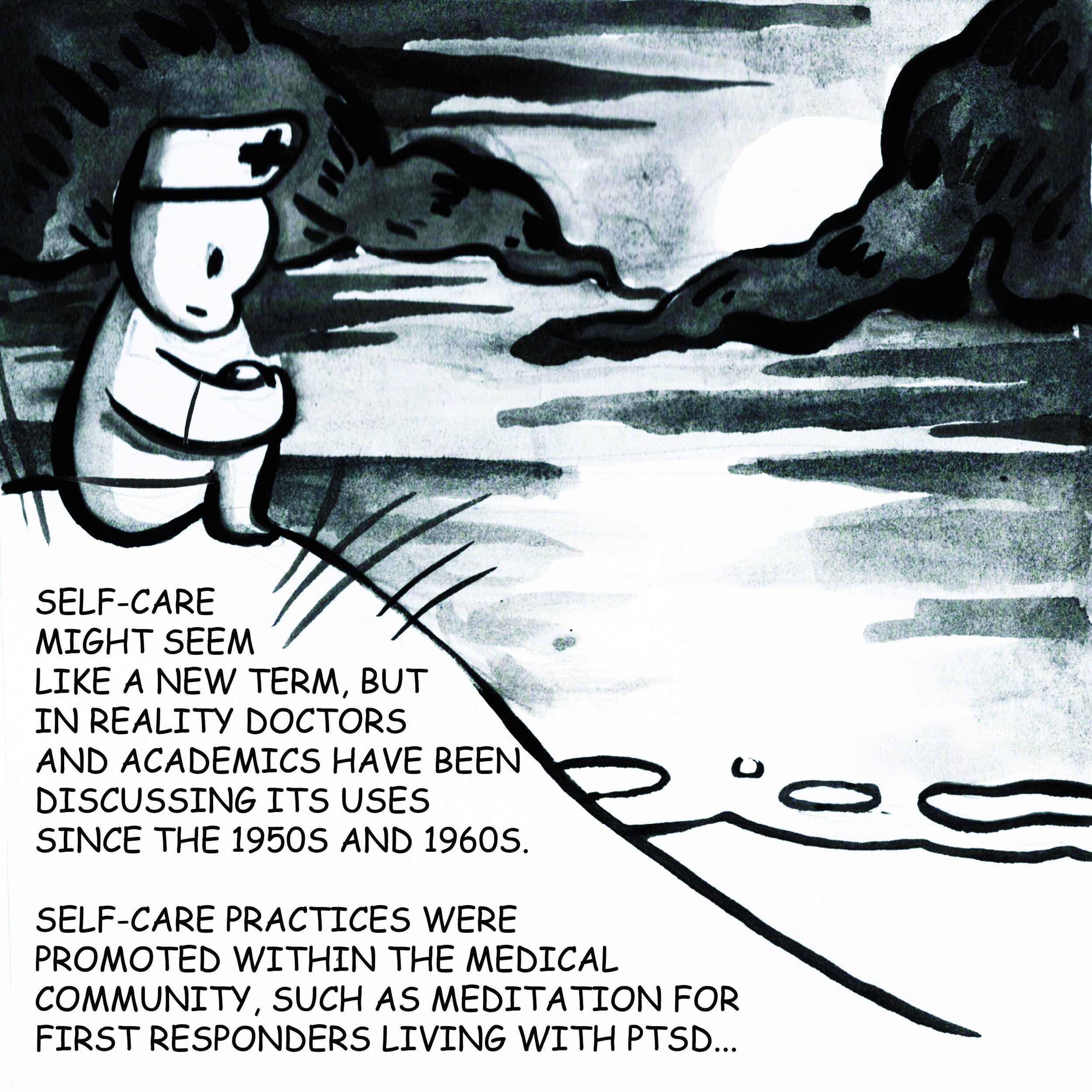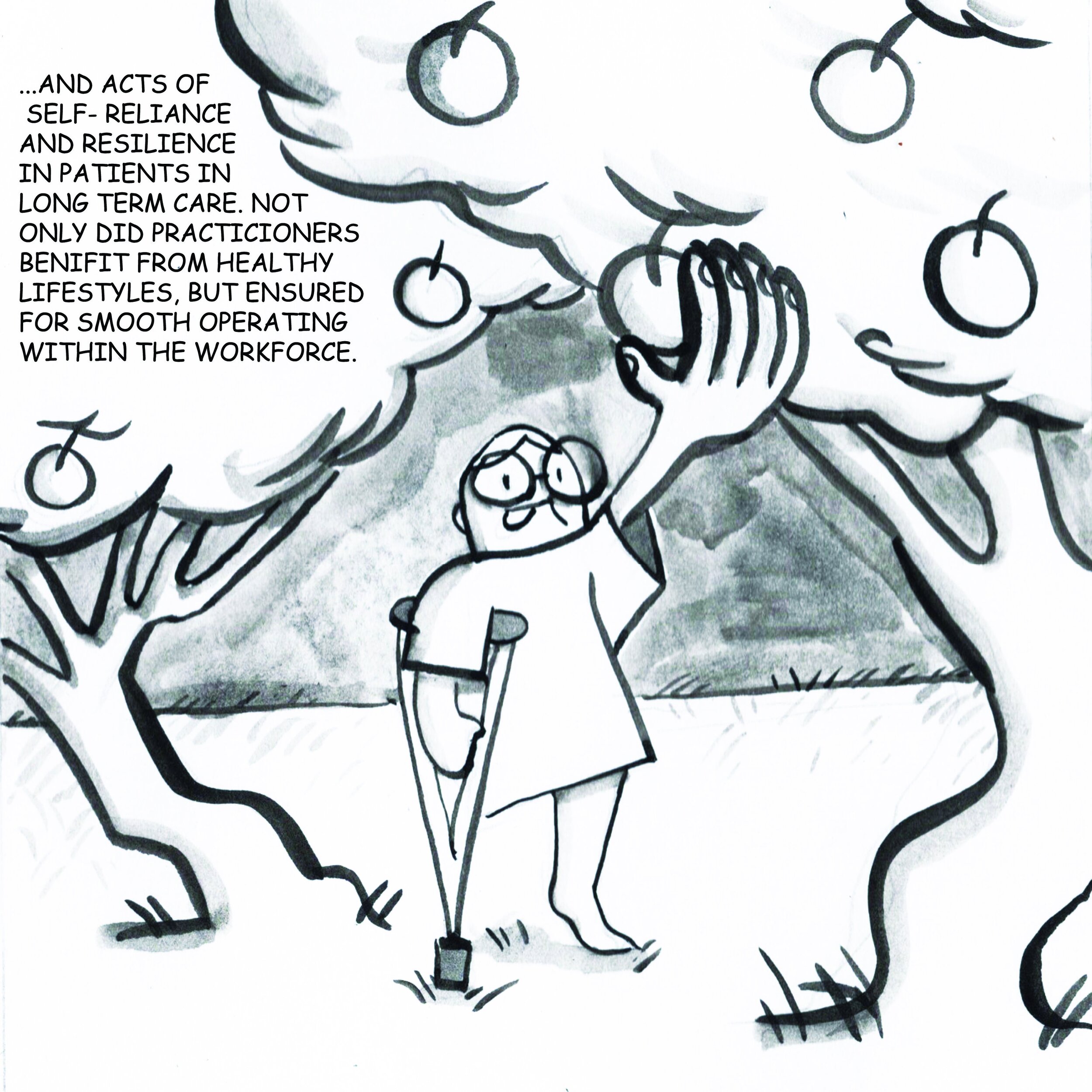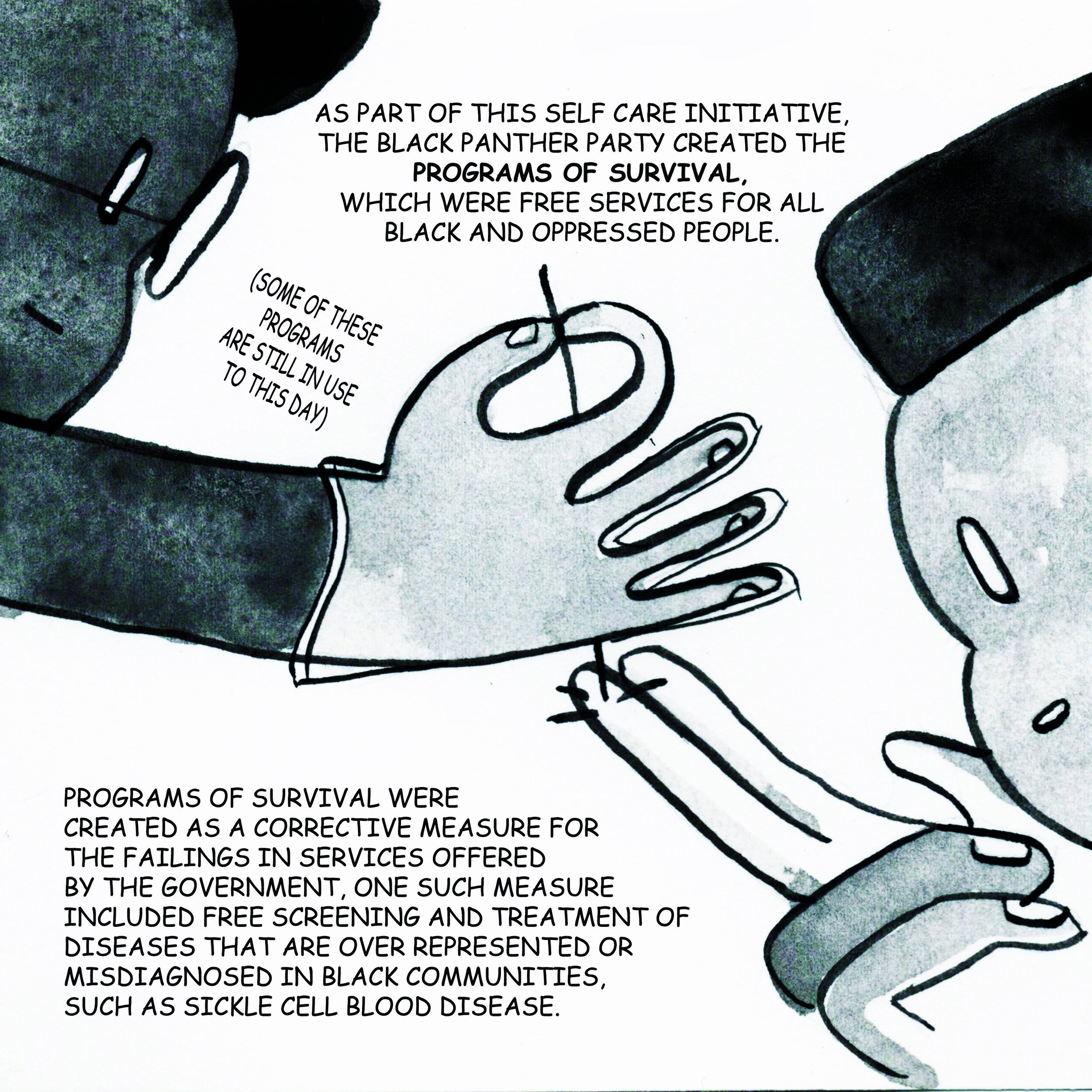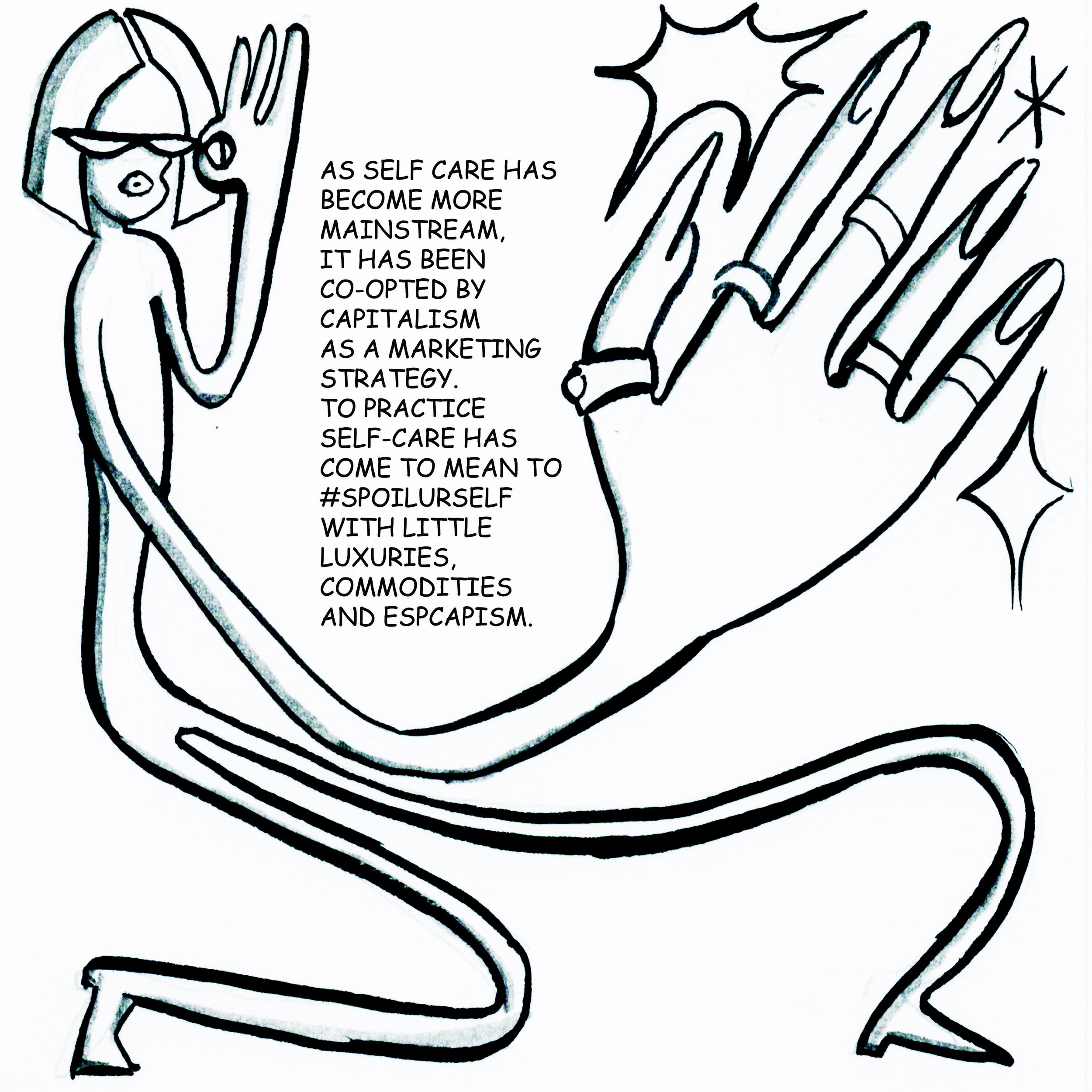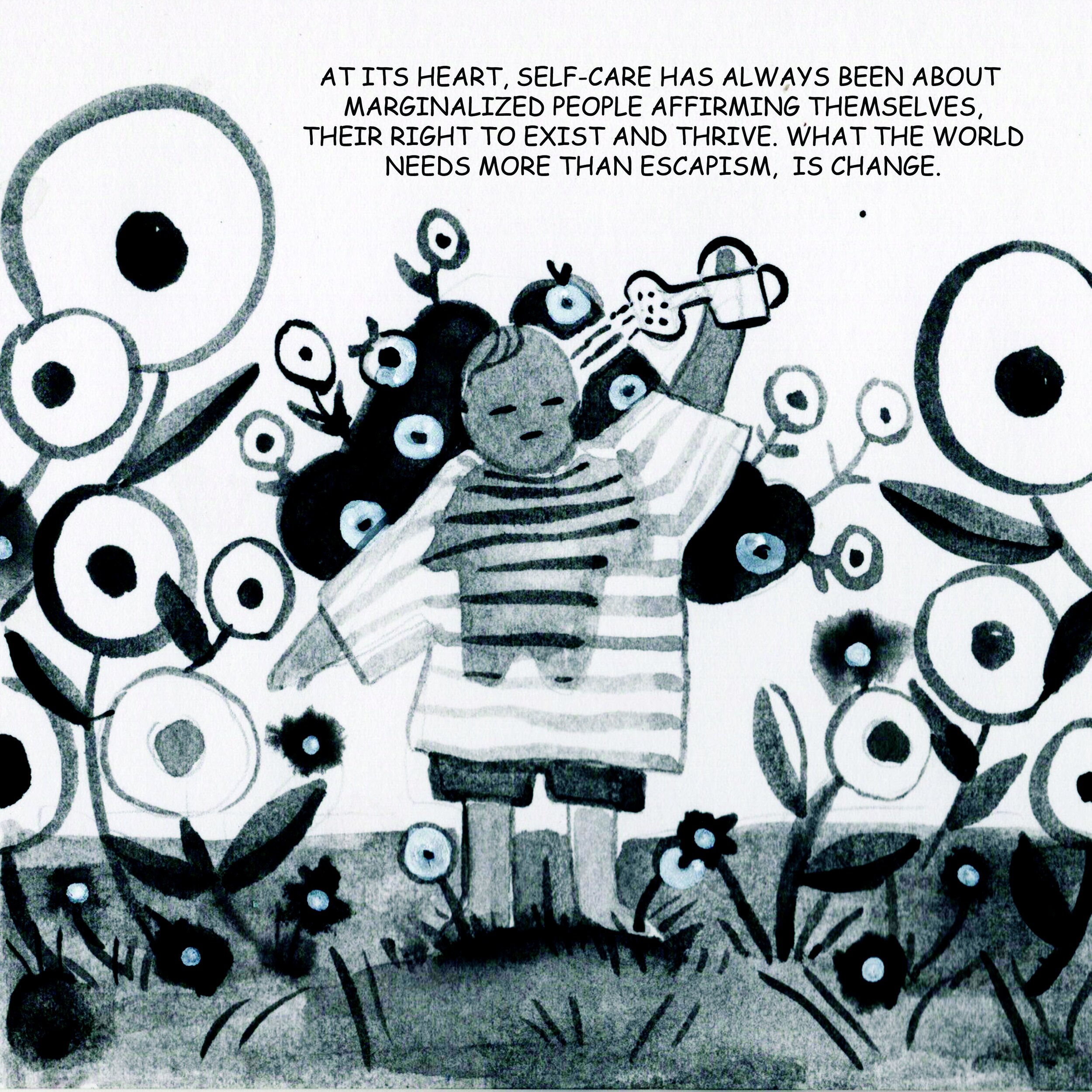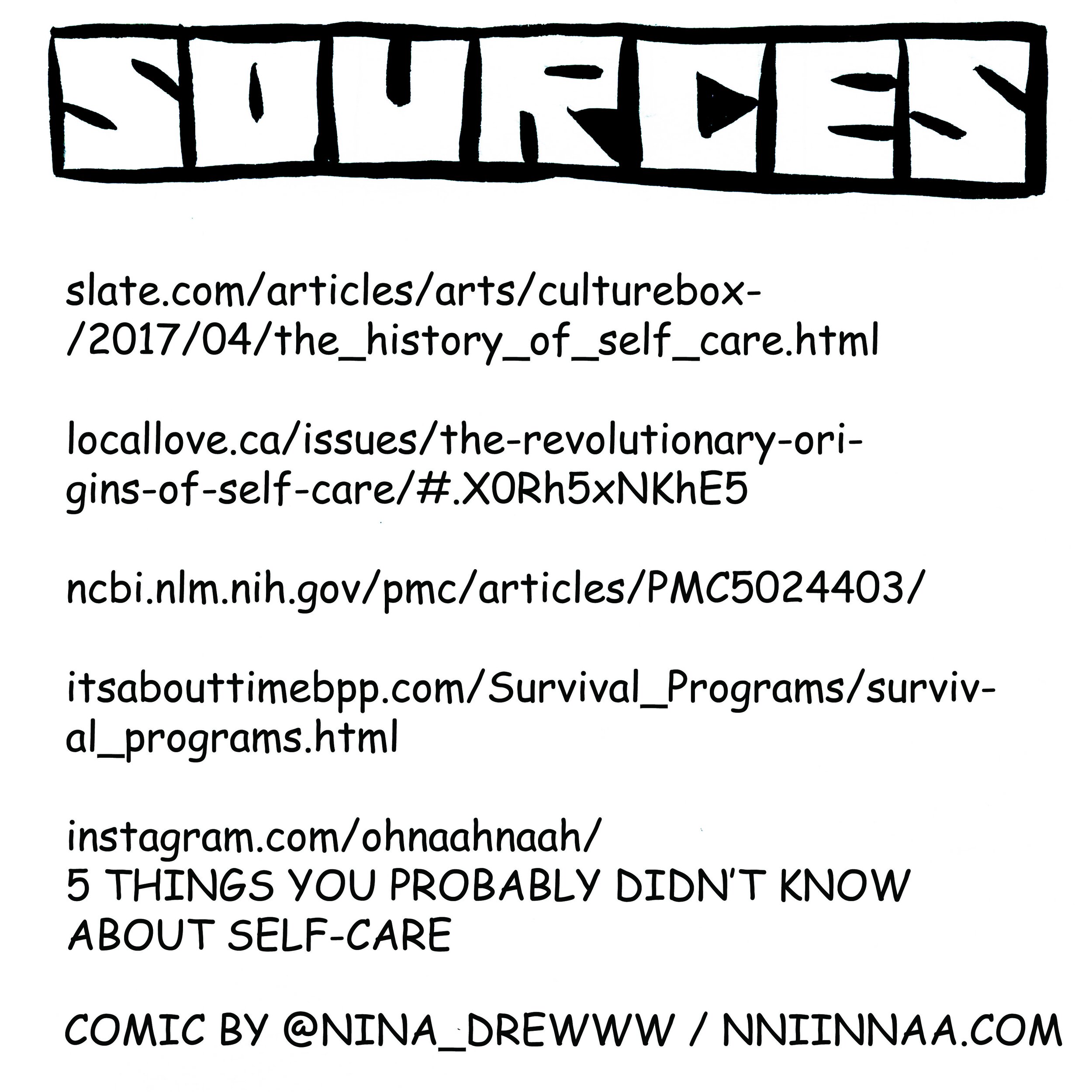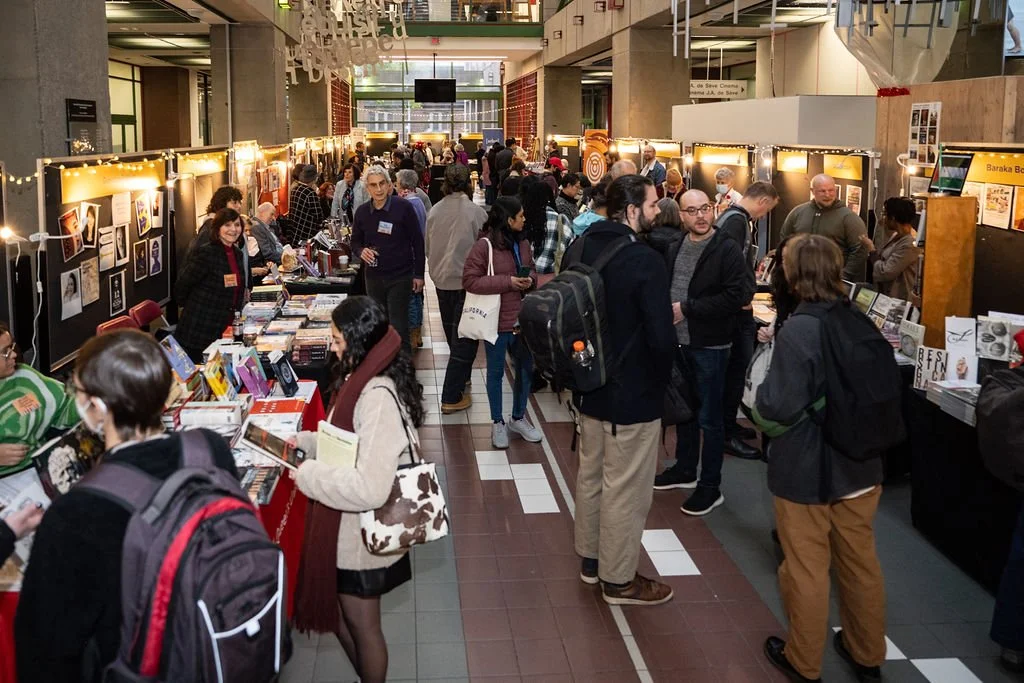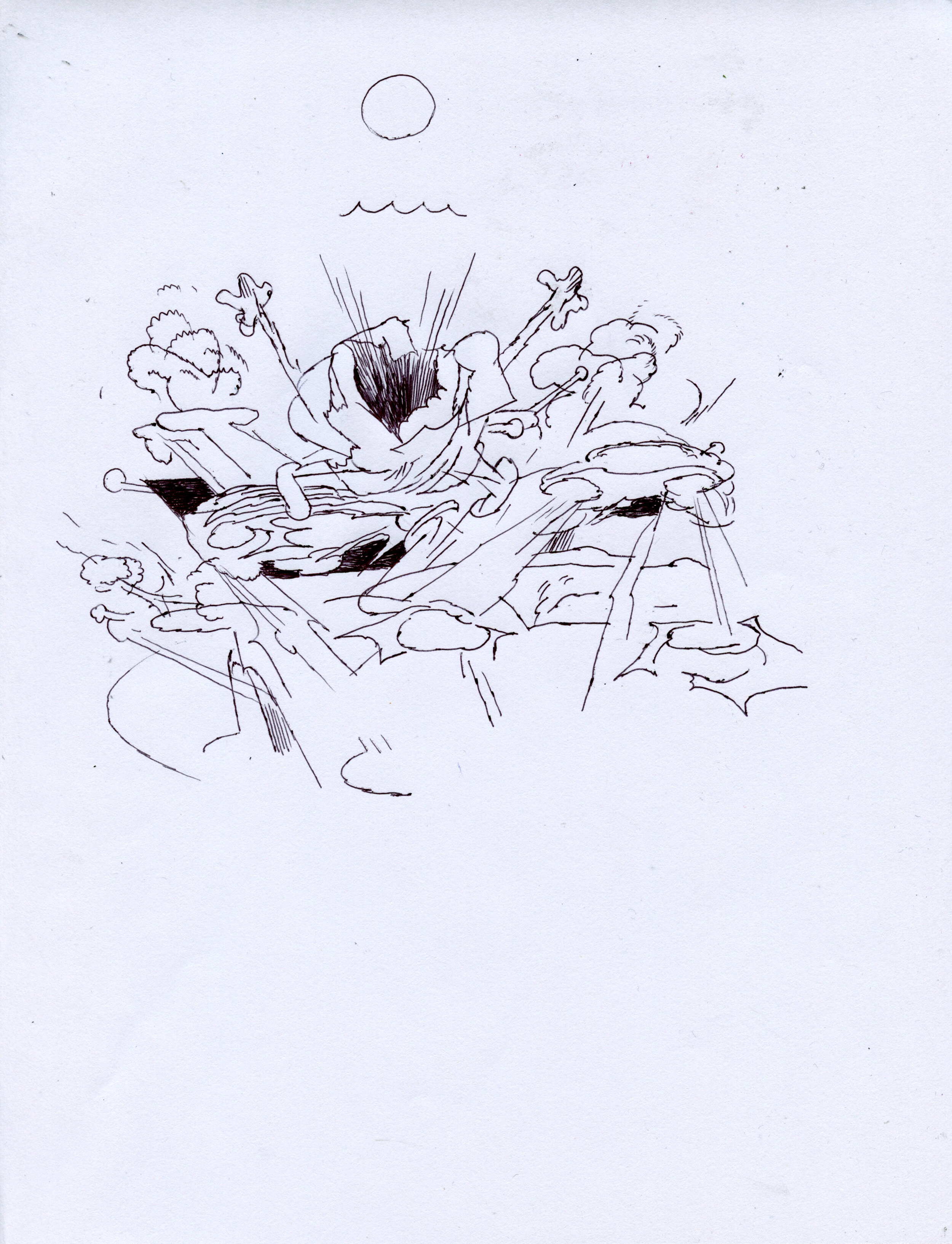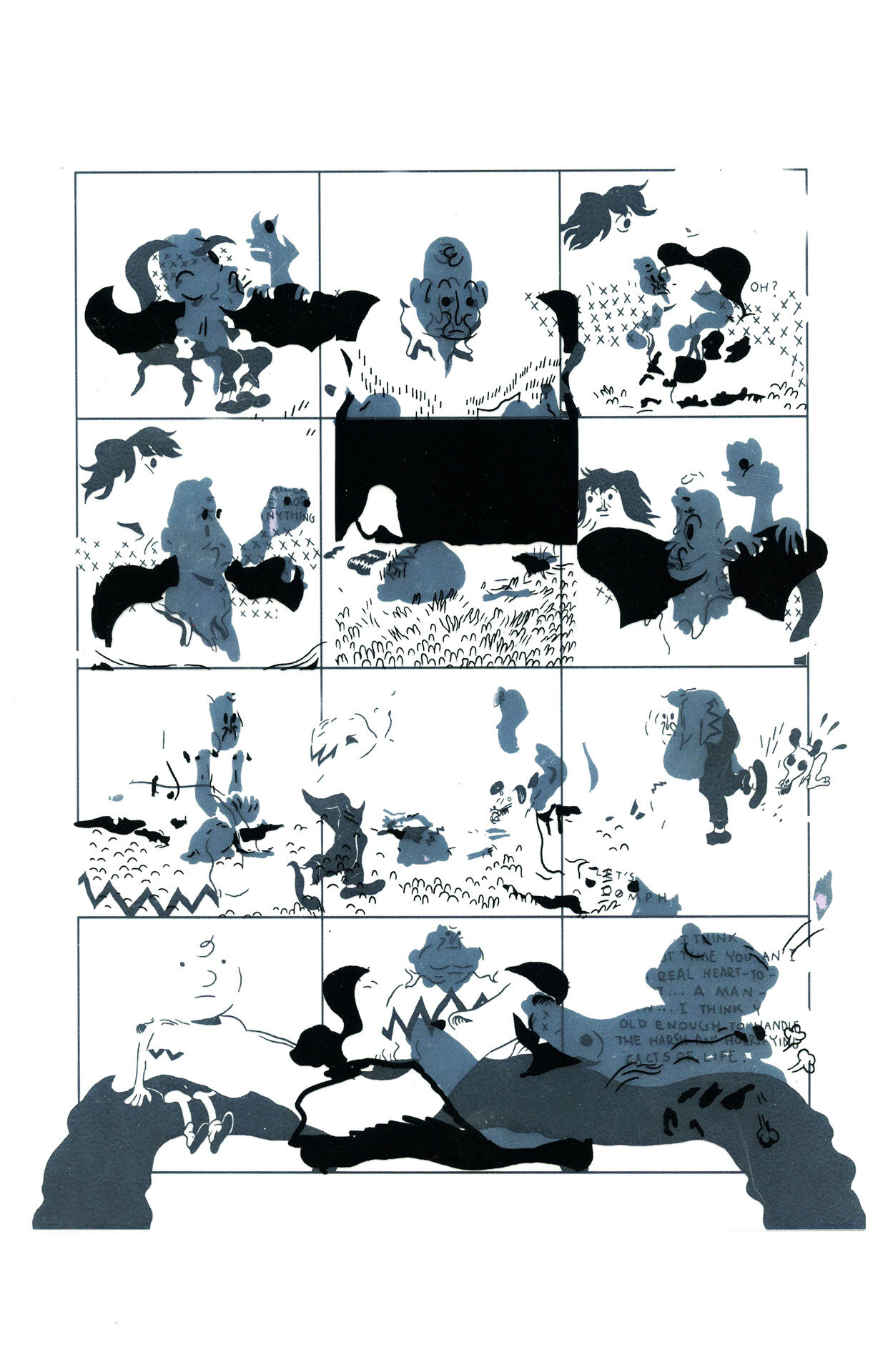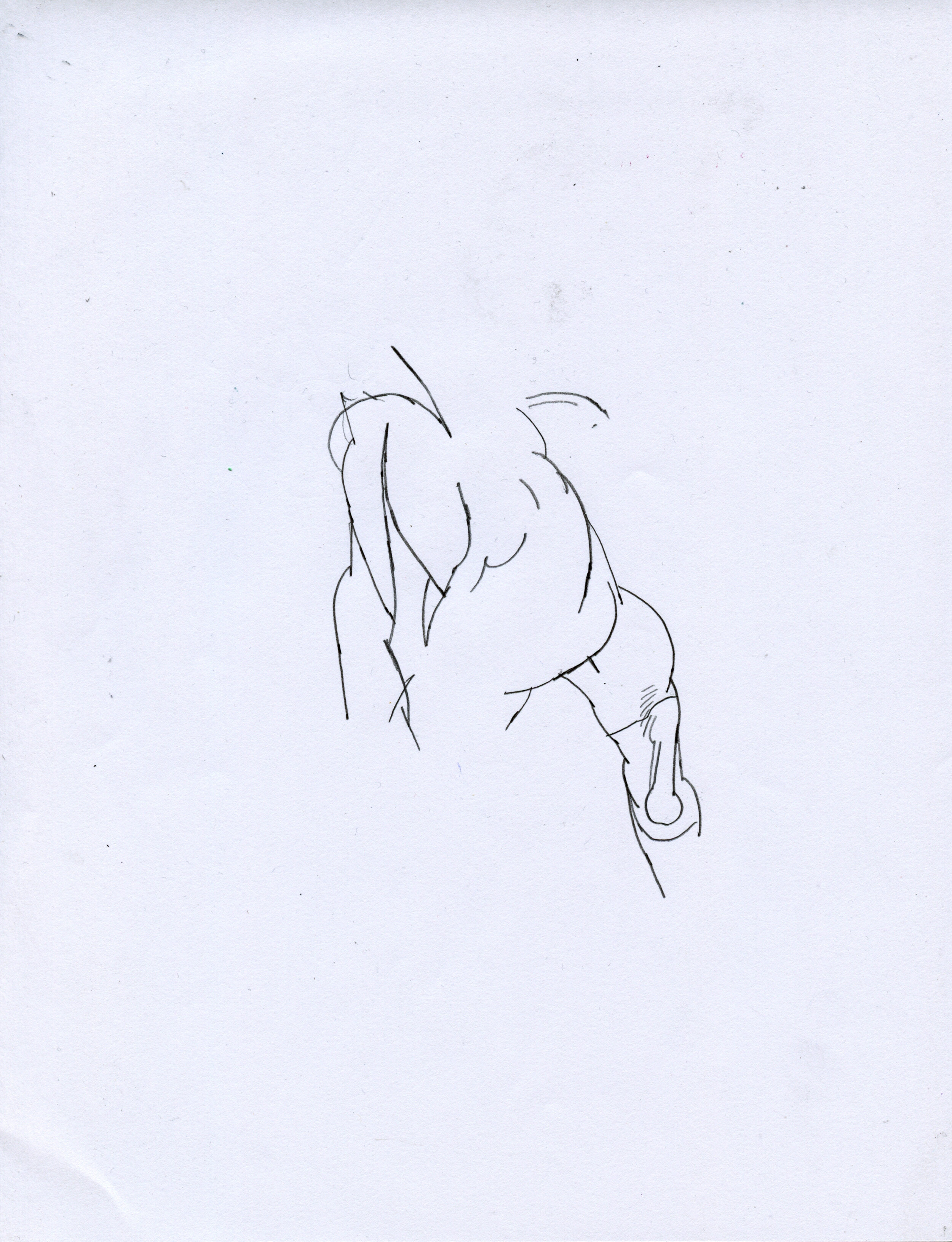Also Cool x Mags' FREE Drink&Draw Returns to Système
Photo from our last Drink&Draw event at Système
What's better than a wholesome evening drawing with your friends drinking a cute drink? We strongly believe in creating accessible creative spaces to hang with friends, meet new ones, or just to get out of the house for a while, which is why we're excited to host another free Drink & Draw event at Système on October 11th.
We're proudly co-presenting alongside Mags and are welcoming DJs Abbot and Rah, who will be spinning all night long. Our DJs have also been hosting a weekly event called Tunes n’ Toons, which we’ll get into!
Here's the TLDR:
Drink & Draw at Le Système (7119 St Hubert) in Montreal, 5 pm-close
No cover + supplies provided free of charge
All ages and skill levels are welcome
Non-alcoholic beverages are available.
Feel free to bring friends or come on your own! We had quite a few people come through last time who wanted to vibe solo.
We also put together a short interview with our DJs and some of the drawings from our last event. Check it all out below.
Photo from our last Drink&Draw event at Système
Also Cool: Can you introduce yourselves to the Also Cool readers in case they aren't familiar with you?
Shem: Hiya! I go by Shem G. Aka Ramehs.eS (Rah for short)
Your snarky neighbourhood Neptunian, a general outside-of-the-lines animated character! Been sitting my way through life in Montreal for the last few years; it's good to be here!
Abbot: I go by Hanzo_da_bullfrog on IG, Abbott artist, Palu artist from "paluyota" (free Genghis album).
Mags: I'm Mags; most folks know me as part of the musical duo Strange Froots and occasional Also Cool collaborator, but outside of that, I'm an illustrator, music producer, performer and event organizer.
Photo from our last Drink&Draw event at Système
AC: Would it be correct to consider you all cartoon enthusiasts?
A: Yes, we are. Top tier.
S: ABSOLUTELY! I can't remember a time when music and cartoons weren't an obsession. I've been sleeping with the radio or TV on for over 20 years (who knows what health effects that's had on me, but hey, I'm still alive)! It only got deeper when I decided to pick up pens and brushes for myself in an effort to learn/integrate new skills.
M: Cartoons are my whole thing, my raison d’être. My love of animation predates that of music, and it's something that I can easily talk about for hours. Even now, I'm still getting hip to current-day shows such as Craig of the Creek, which was such a wonderful discovery being that it's a cartoon with a young Black protagonist set in a fictionalized version of my hometown in the DMV, and even reflects many aspects of my own childhood! I can never take for granted the power of animation.
Photo from our last Drink&Draw event at Système
AC: How have cartoons and visual art impacted your musical endeavours, and/or vice versa?
A: They strongly influenced my creativity past composing and writing music. I studied music and video art while learning music and playing games and found the highest sensory grooves, deepest backbeat, and most fly verses.
S: Doing my own visuals for music or very closely collaborating with more skilled artists helps it all feel more cohesive. As a huge fan of manga and MMORPGS, I love some solid world-building. When immersion is solid, it helps me feel confident about the project.
Other than that, inspiration comes from many sources, but the primary would have to be what's been absorbed through the twistings of a more illustrative lens.
M: Interestingly enough, the music in many cartoons I grew up watching pushed me to make my own. From the cultural staple that is Tevin Campbell's contribution to A Goofy Movie to the DnB and mod music found in Cartoon Network shows like The Powerpuff Girls and Teen Titans, even my early exposure to city pop via Sailor Moon.
While my dad and brother were big proponents in my getting into music production and electronic music, respectively, the music I first started making was giving main character themes. The first 'EP' (if you can even call it that) I made when I was in middle school was the official soundtrack to the manga I was writing at the time: JAGUARA: Felines United, an unapologetic ripoff of Sailor Moon, InuYasha and Thundercats. Nowadays, the music still gives off a cinematic vibe with more room for interpretation.
Still, with projects like NuLOM (a tape I put out with Shem G in 2018) and Age of Aquarius (another tape I put out with JU!CE in early 2020), they both draw from (and quite literally sample) the cartoons, comics, video games that we blerds loved growing up and still love today. Nowadays, I try to find other ways for my audiences to cross over, such as playing Loop Sessions beats during my art streams on Twitch.
Photo from our last Drink&Draw event at Système
AC: Drink & Draws is an offshoot of the Paint & Sip concept. When did you first come across drink & draw events, and what motivated you to put on your own Drink & Draw events?
S: Summer rooftop parties with good friends, park hangs in the sun mixed with a staggering stationary splurge across my first years of learning led towards wanting to put on a more consistent concept while also having a good reason to hang in my favourite record store/cafés
I have yet to attend a paint and sip, but I can't wait to get the chance!
M: I'd never formally attend a drink and draw or a paint and sip, but I've heard of the latter from my older sister. From my understanding, it's a very cheugy activity comprising wine and possibly ceramics. Very #livelaughlove teas.
Imagine my surprise when I found out how expensive they were! But truly, what motivated me to put on a Drink & Draw was that I came onto the scene over a decade ago as the girl who draws, and that's how I forged connections in the city; I even started a blog called Mags Maps MTL that was originally hosted on my webcomic site. I wanted to switch roles and see what the rest of Montreal felt like drawing, especially if they could draw inspiration from the city like I did.
The idea first came to me around springtime when I was planning my birthday week (which was several months away, but as a Virgo, I've had to learn the hard way not to rely on folks with a different grasp on the passage of time), and as my date grew closer, Shem and Hanzo had also started their own series, and I saw its potential for a chill, low-stakes hangout with friends and sharing space in a creative environment.
When my event with Also Cool came around, I had no idea just how popular it would be... because why now we got a whole bar drawing??
Photo from our last Drink&Draw event at Système
AC: What has putting on these events been like for you? Any feedback?
S: So far so good! The only feedback would be to make more posters and have it happen more consistently, which is definitely the goal! I want to keep things up in a sustainable and rejuvenating way!
M: It was incredibly moving to see people tap into their inner child and revisit those memories or even express things they were feeling in the present moment through poetry and abstract art. A lot of the same notions kept getting repeated as I listened to people's reactions: "therapeutic," "wholesome," and "perfect weeknight activity."
The truth is people want more access to creating art that isn't confined to daytime and just more variety in their nightlife overall. It's a great way to mix things up for happy hour, or even if you wanted to grab a drink by yourself, you can do that and pick up a pen and paper and doodle something with or without the expectation or pressure of someone coming up to you to socialize.
A: It's been dope; people pull up to actually draw and vibe. It has opened the floor for us to continue working on our sets and support many of the local businesses in Montreal that we love. There is no better way to unwind after work than to drink and draw.
Photo from our last Drink&Draw event at Système
AC: What are your hopes for the next events, and what should folks take away from them after attending?
A: We hope more people find out about it and they can come vibe with us. We love ya'll.
S: I'll disclose my first and end goal for Tunes n' Toons. If every musical artist leaves with a cover for a project or, on the flip side, if every visual artist leaves with a commission for a musician, I've succeeded!
Other than that, people have been making friends, tips, snacks, and stories; what more could we ask for!?
Big bonus points to the relief many artists feel about having a relaxed environment to enjoy art outside of a more "work-based" environment!
M: My hope for the next events is that people lean more into what inspires them today. We all love nostalgia, but looking back on my old blog posts about the things happening in MTL in 2013 has taught me that people don't realize just how nostalgic they'll be for the moments they're living right now. They say art is how we decorate space, and music is how we decorate time.
I think the criss-cross version of that is true as well: I associate certain songs with Montreal and others with the DMV, and being able to draw comics and art pieces to document my time in places that mean so much to me speaks volumes more than any diary entry I could write.
I want people to come away from this with a newfound appreciation for their artistic expression and how it can serve to heal your past, anchor you in the present, and, in some cases, define your future. If not, define it, at least give you something to look back on fondly.
Photo from our last Drink&Draw event at Système
We can't wait for this next edition of our Drink & Draw series! If you can't make this round, we'll host the next one on November 8th, so mark your calendars.
See you at Système!

